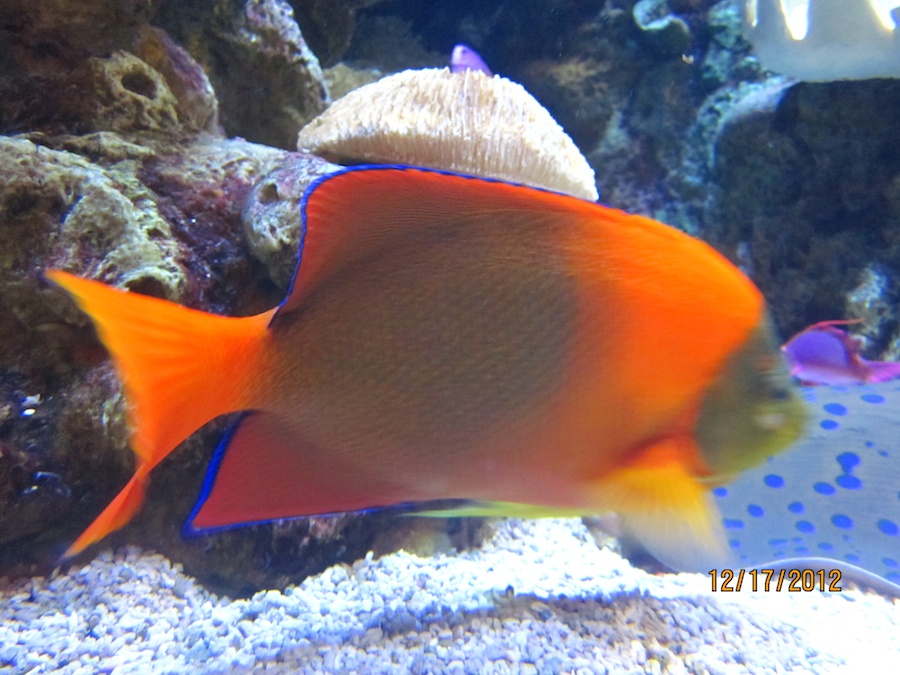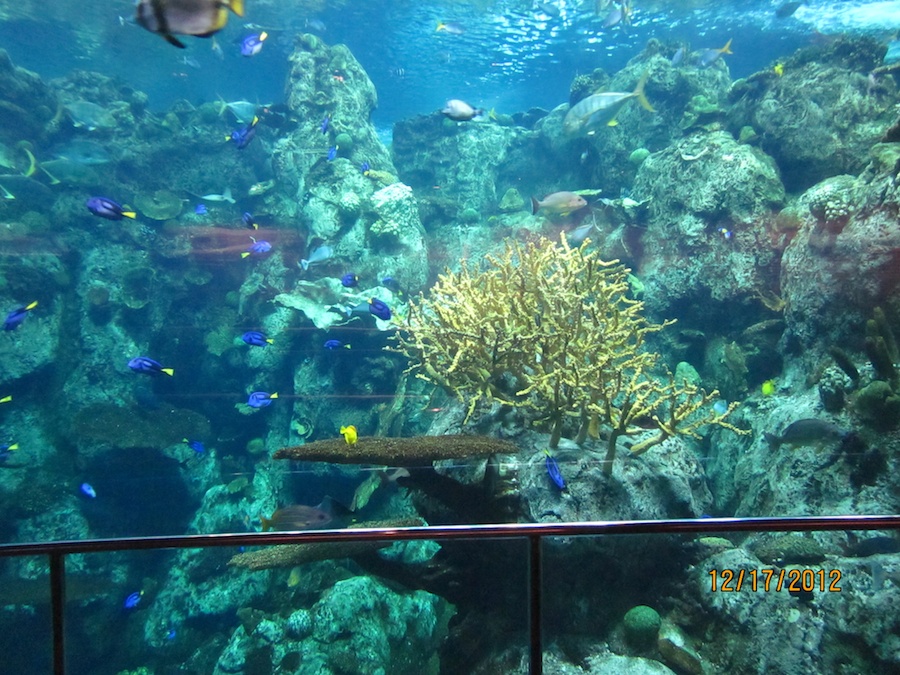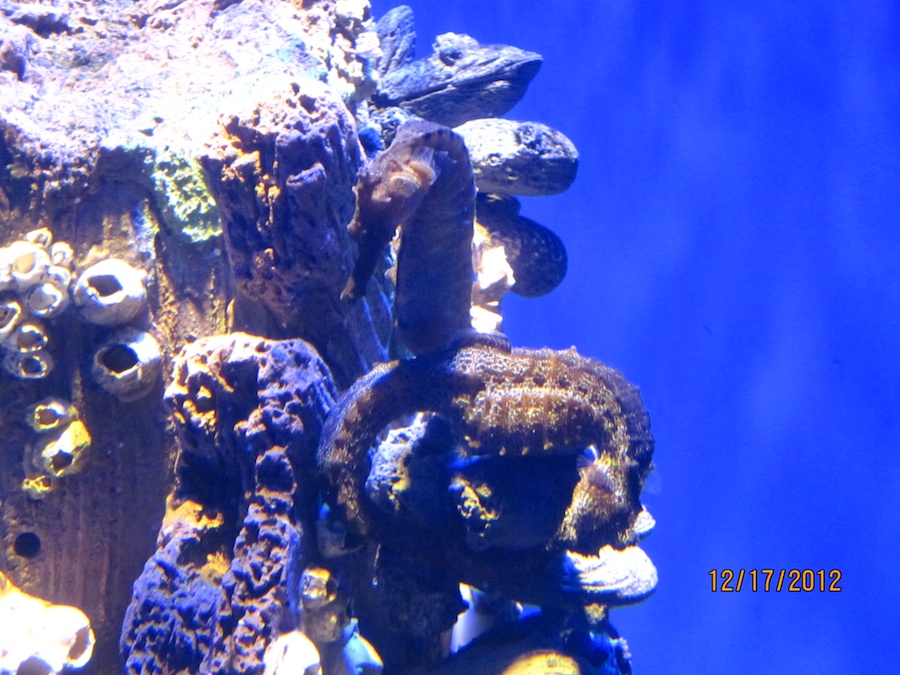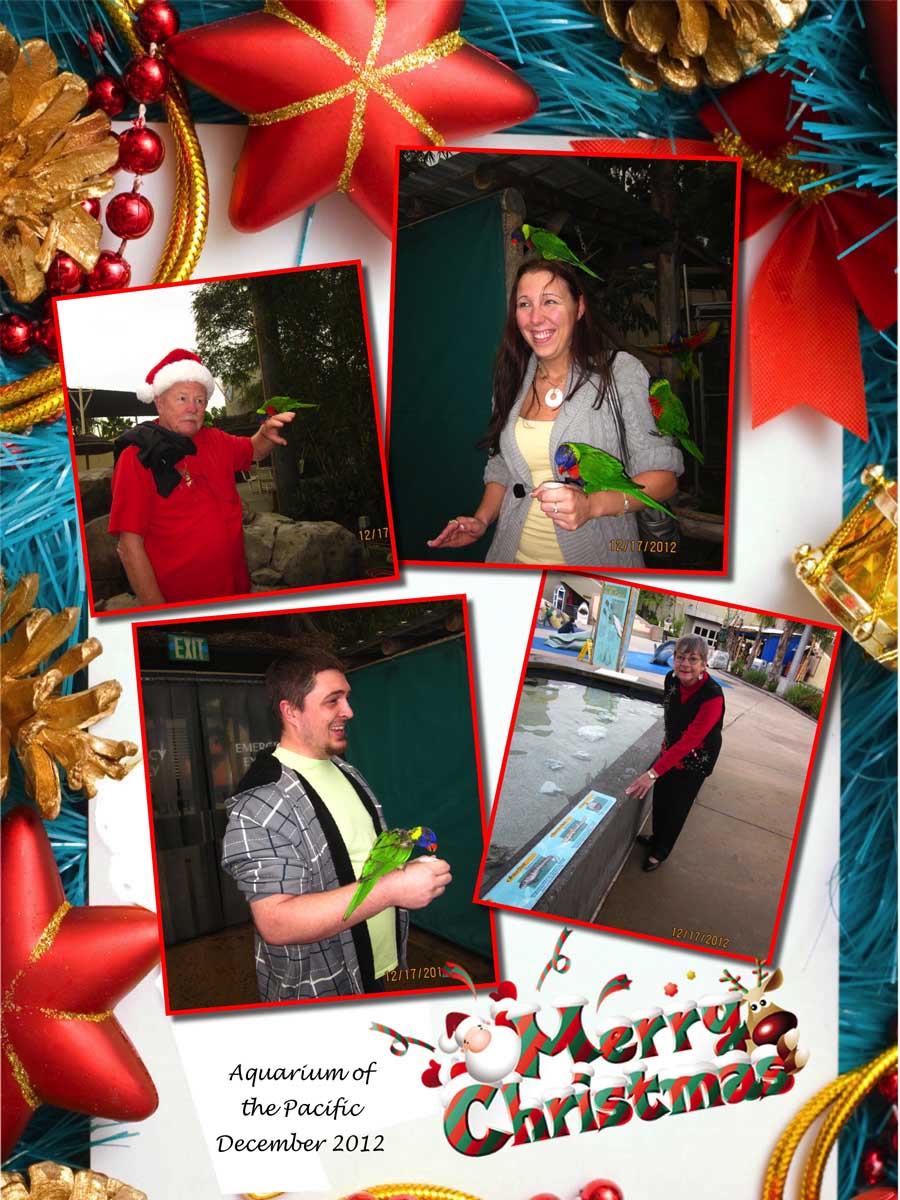Rogers Gardens And A Bite To Eat At The Royal Khyber





Pointsettia anyone???
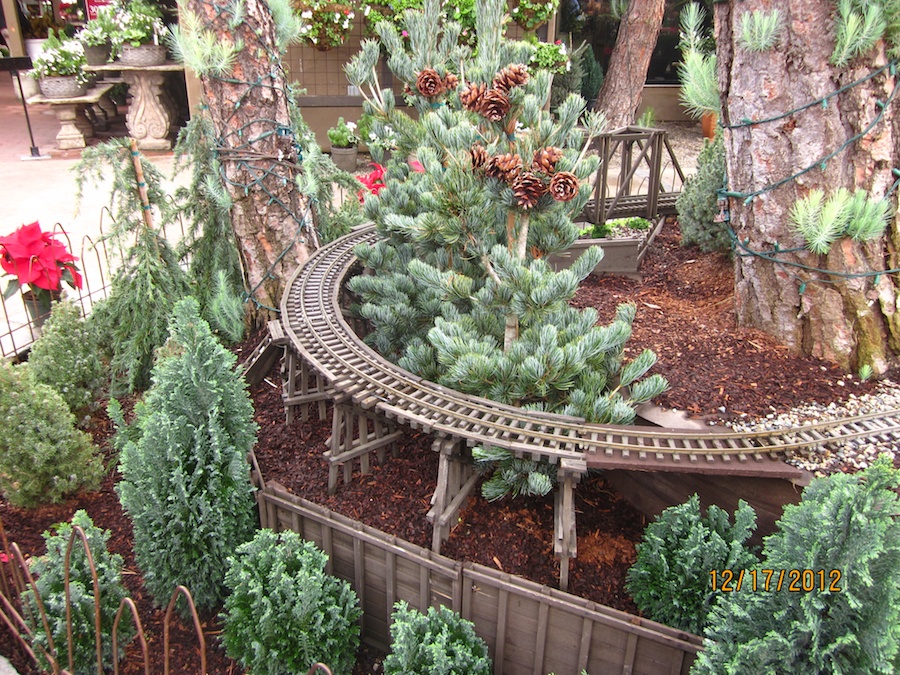
Thr garden just opened and the choo choo was in his house
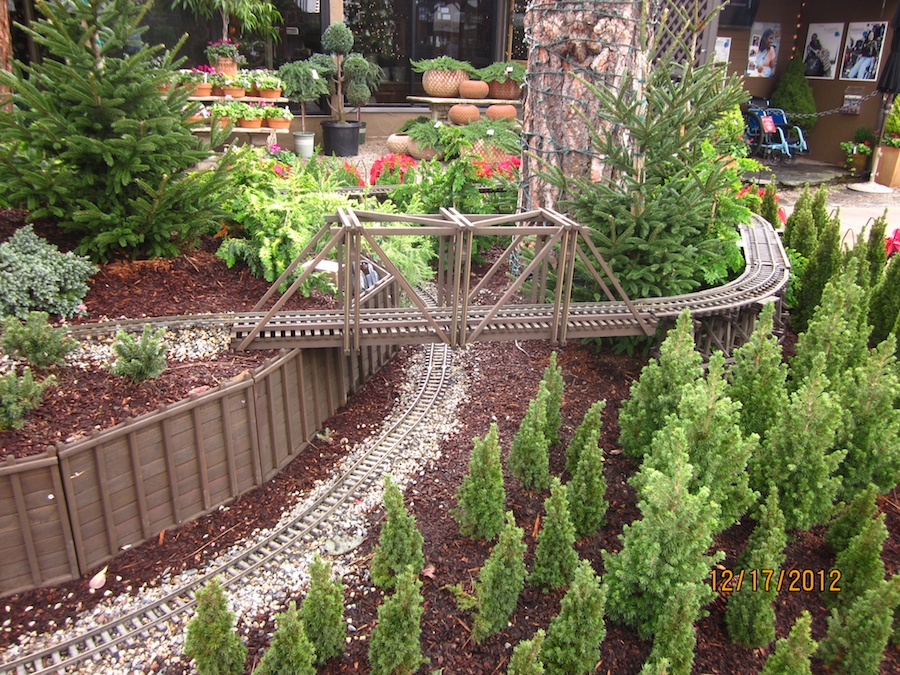
Great layout this year...
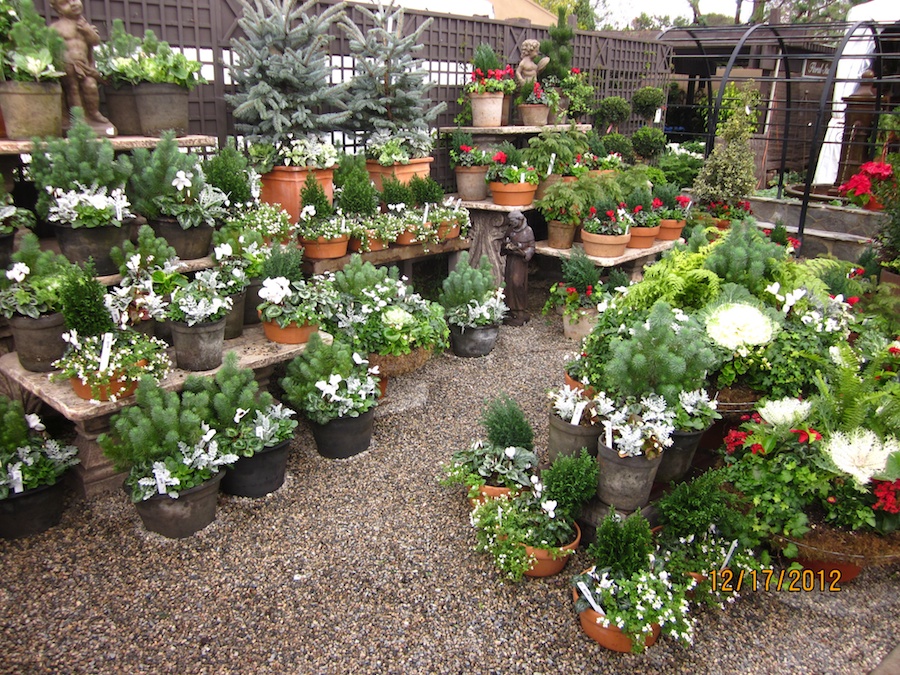
Any kind of Christmas tree you mnight like
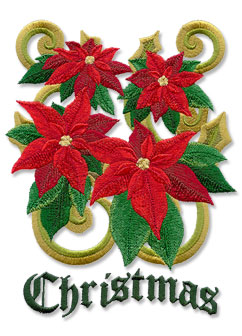


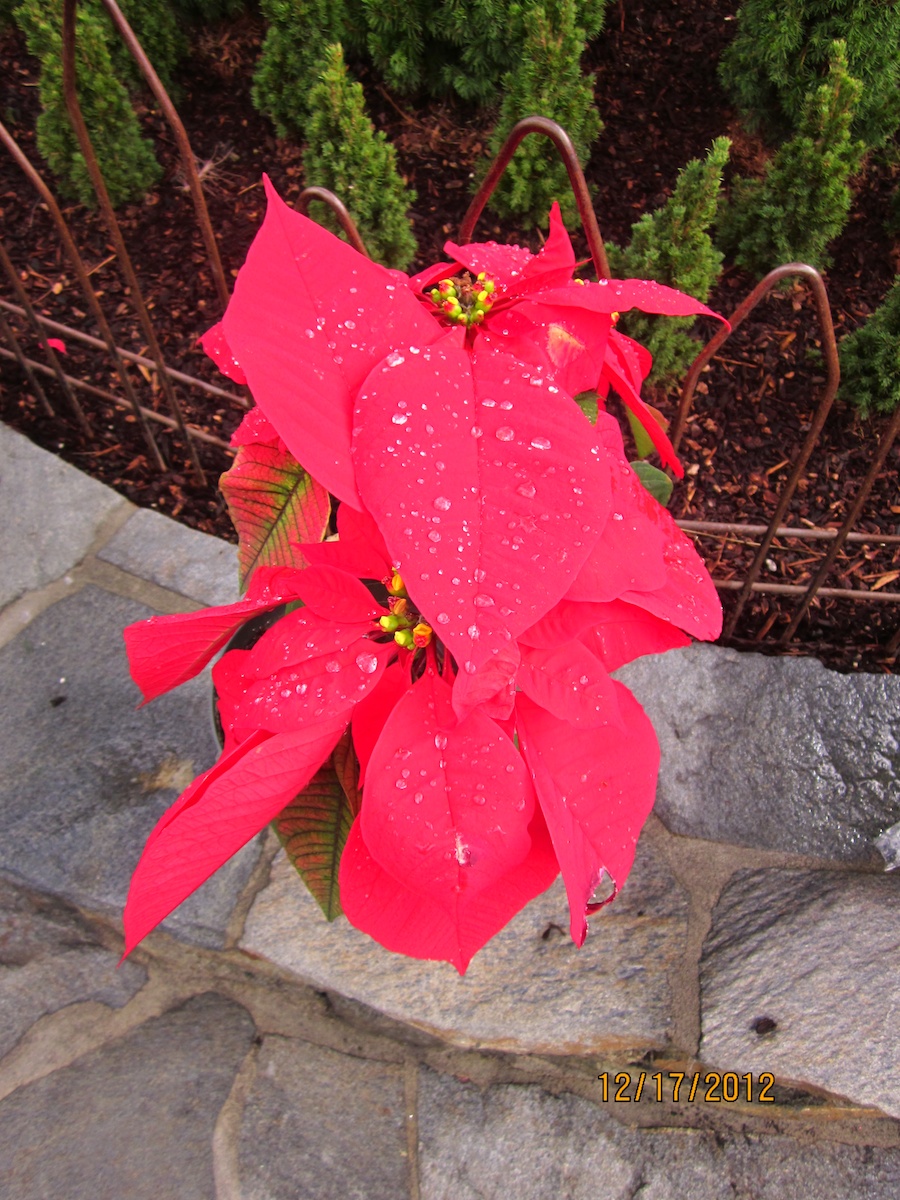
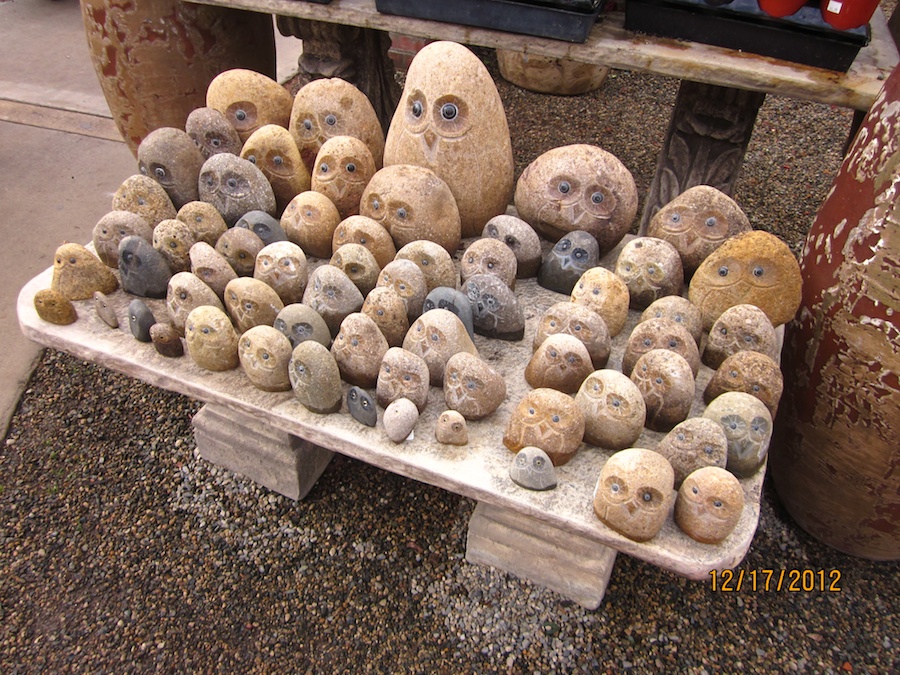
Oh.... Hi there... We are just "Rocking out"
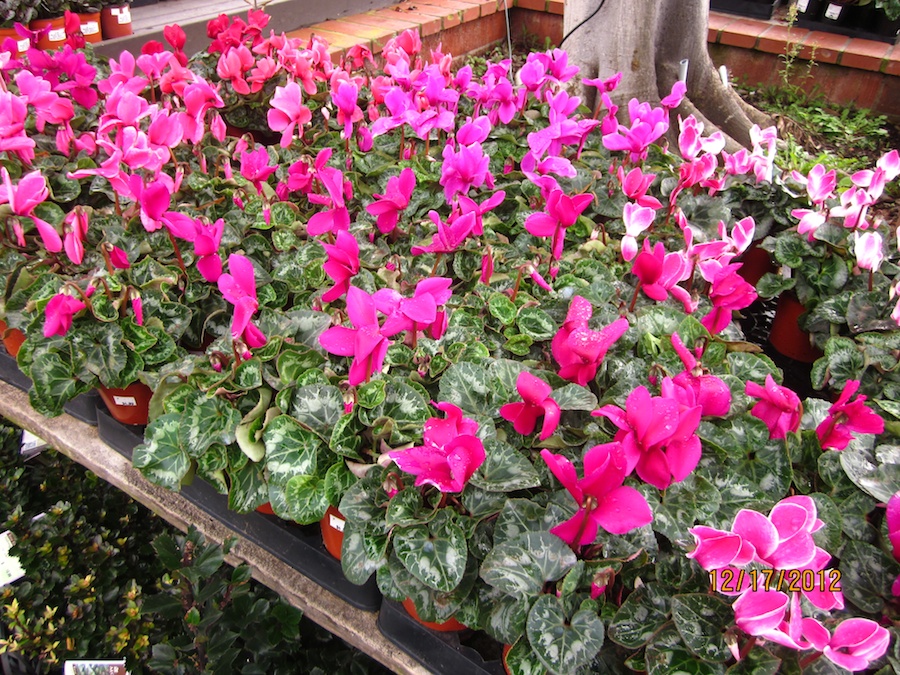
Reds and greens... Must be a Christmas plant
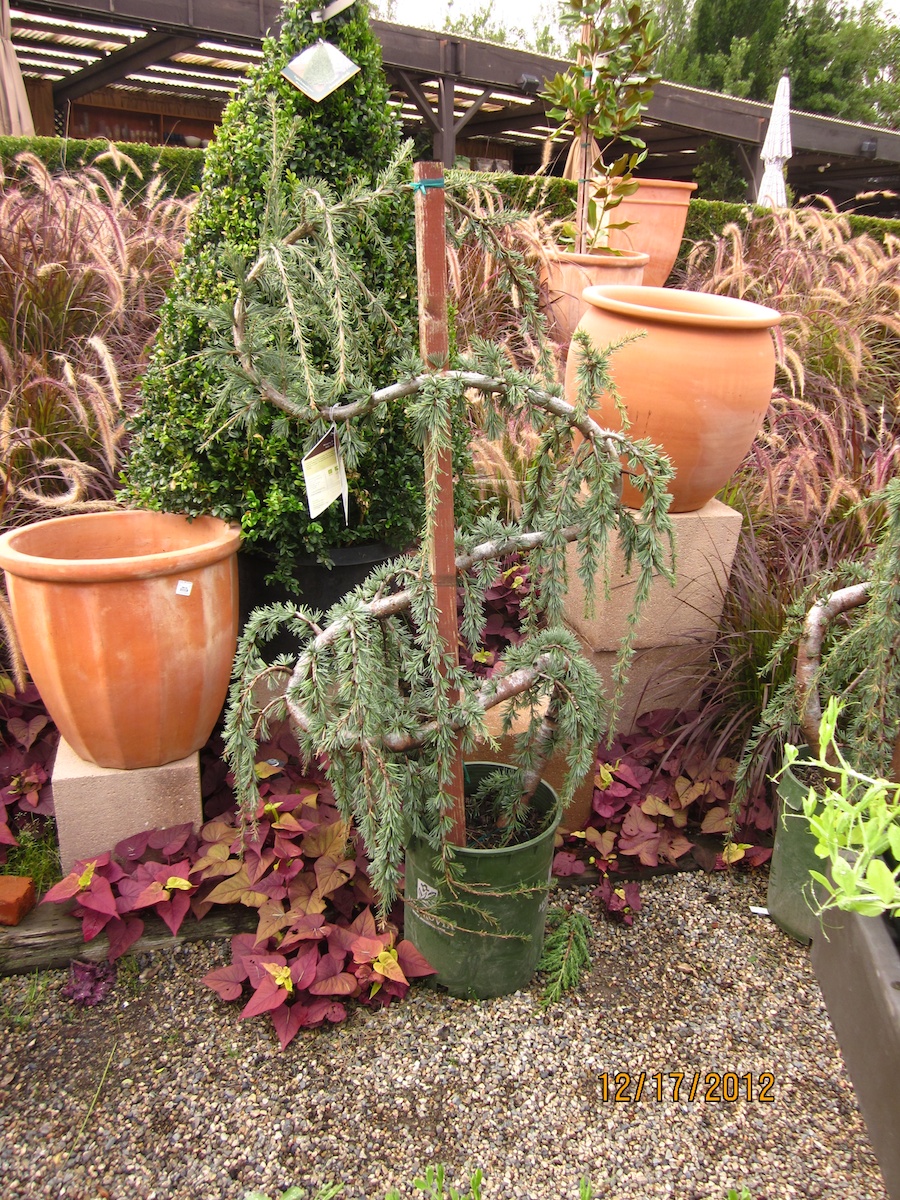
Looks like the Grinch's tree

Romance, We Has It

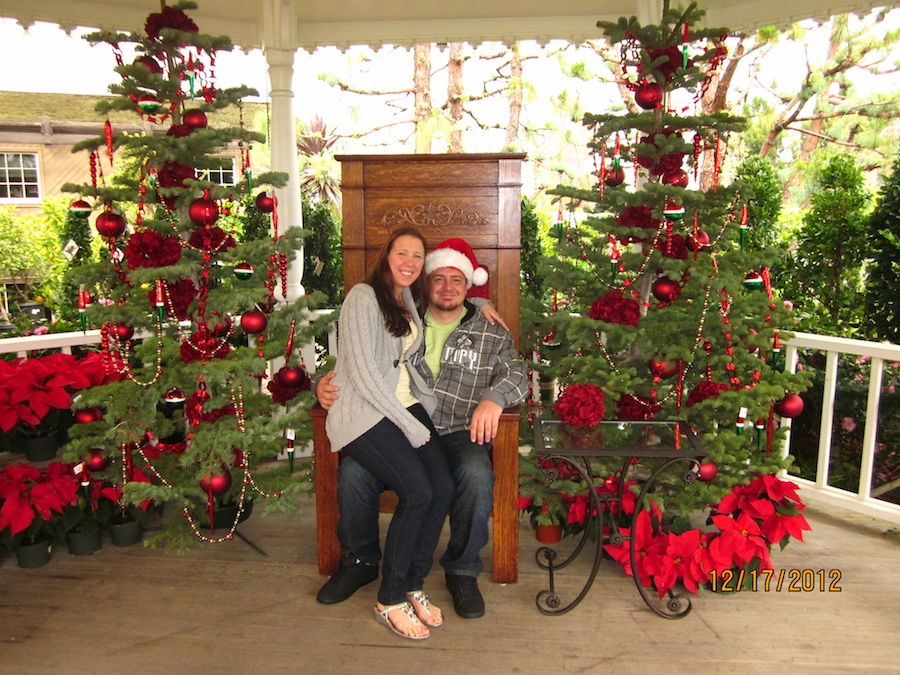


The Walk Continues
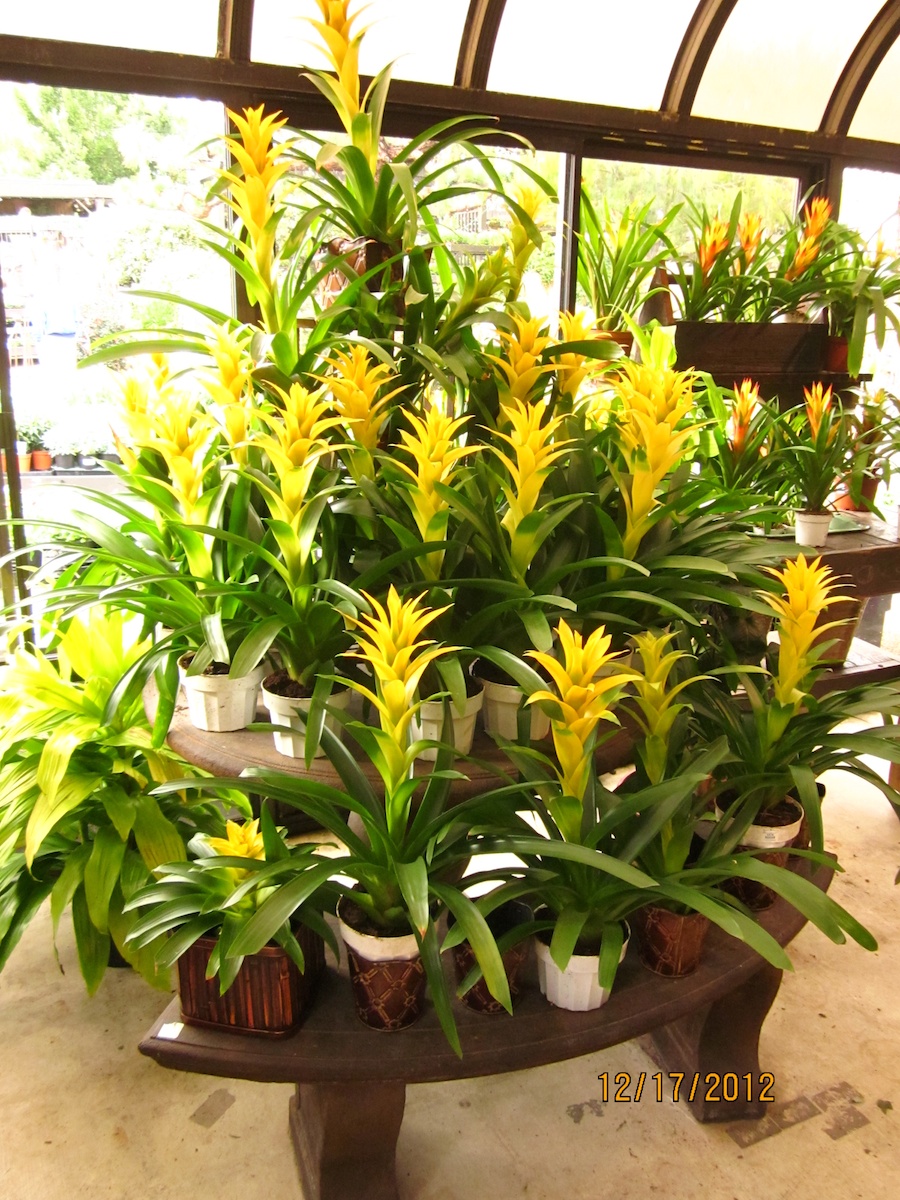

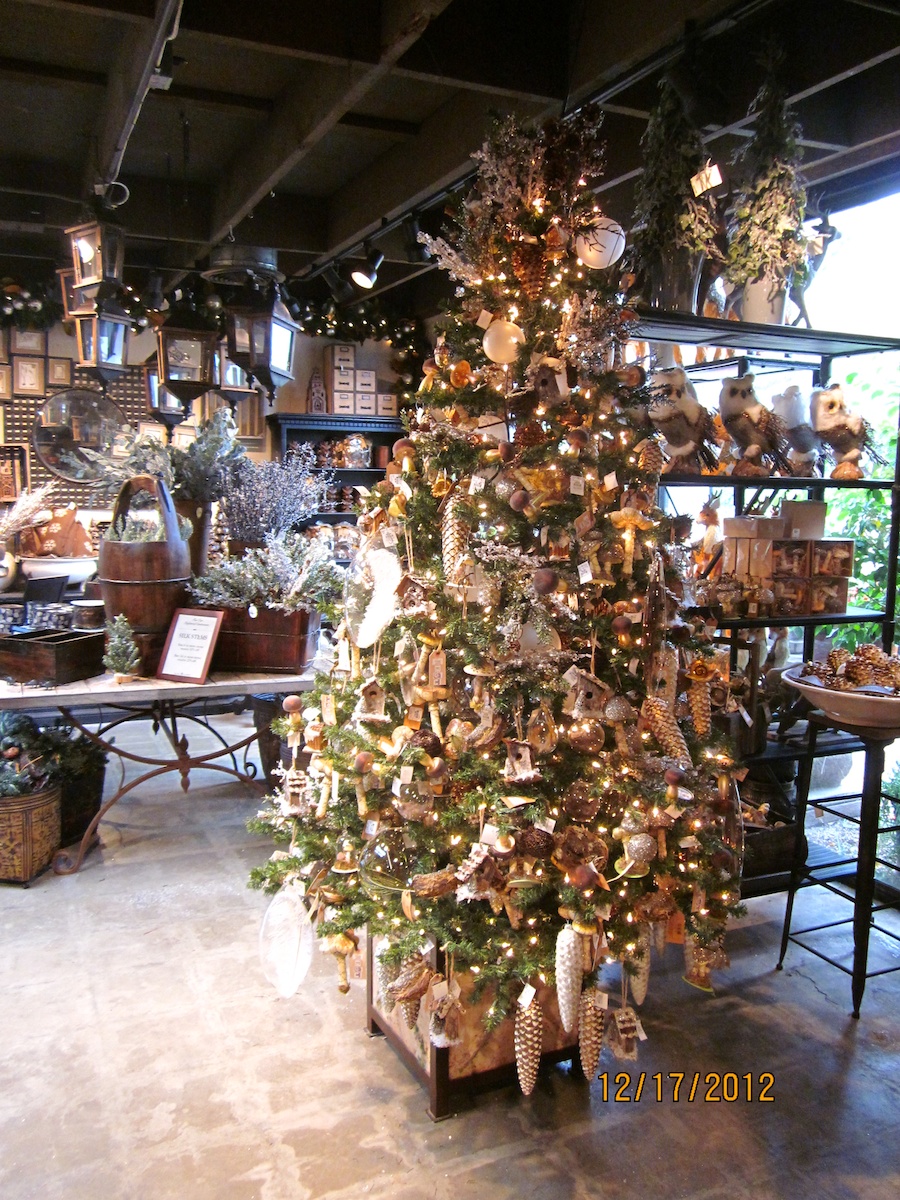
Interesting trees
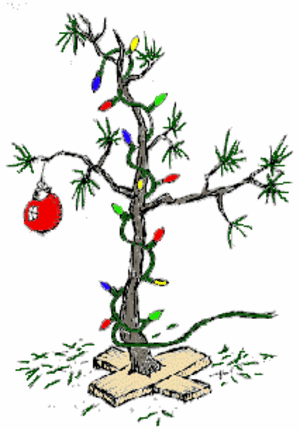



Jon kept his hands in his pocket... Just like we used to tell him
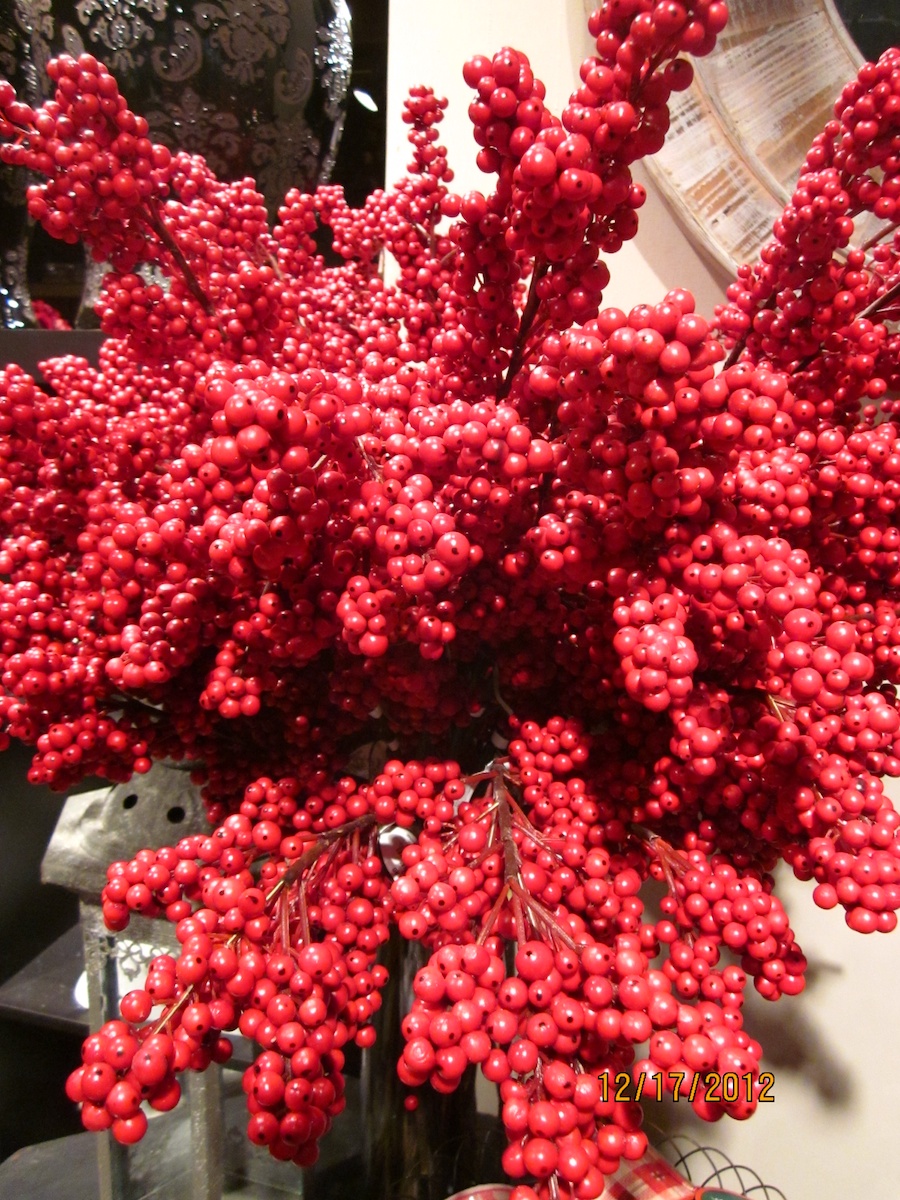
New meaning to the word RED
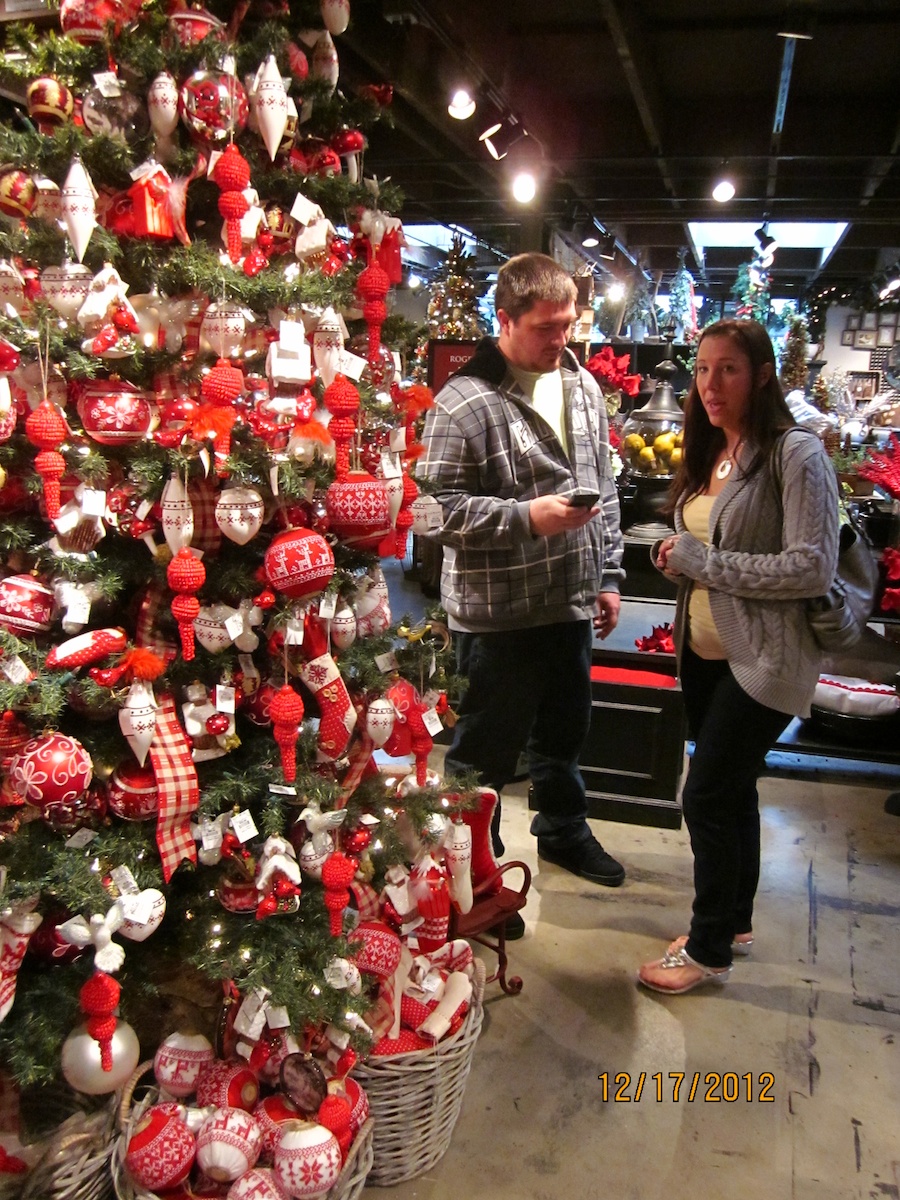
Sarah enjoyed seeing the trees


'Ol Saint Nick

Jon told us about his experience with these

The dew looked amazing on the pointsettias
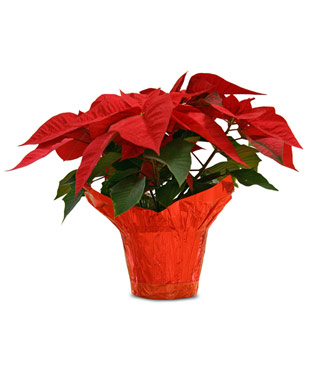




Here comes the train.....


Did
you ask what time it is??

Jon had to do it...

Great little trees
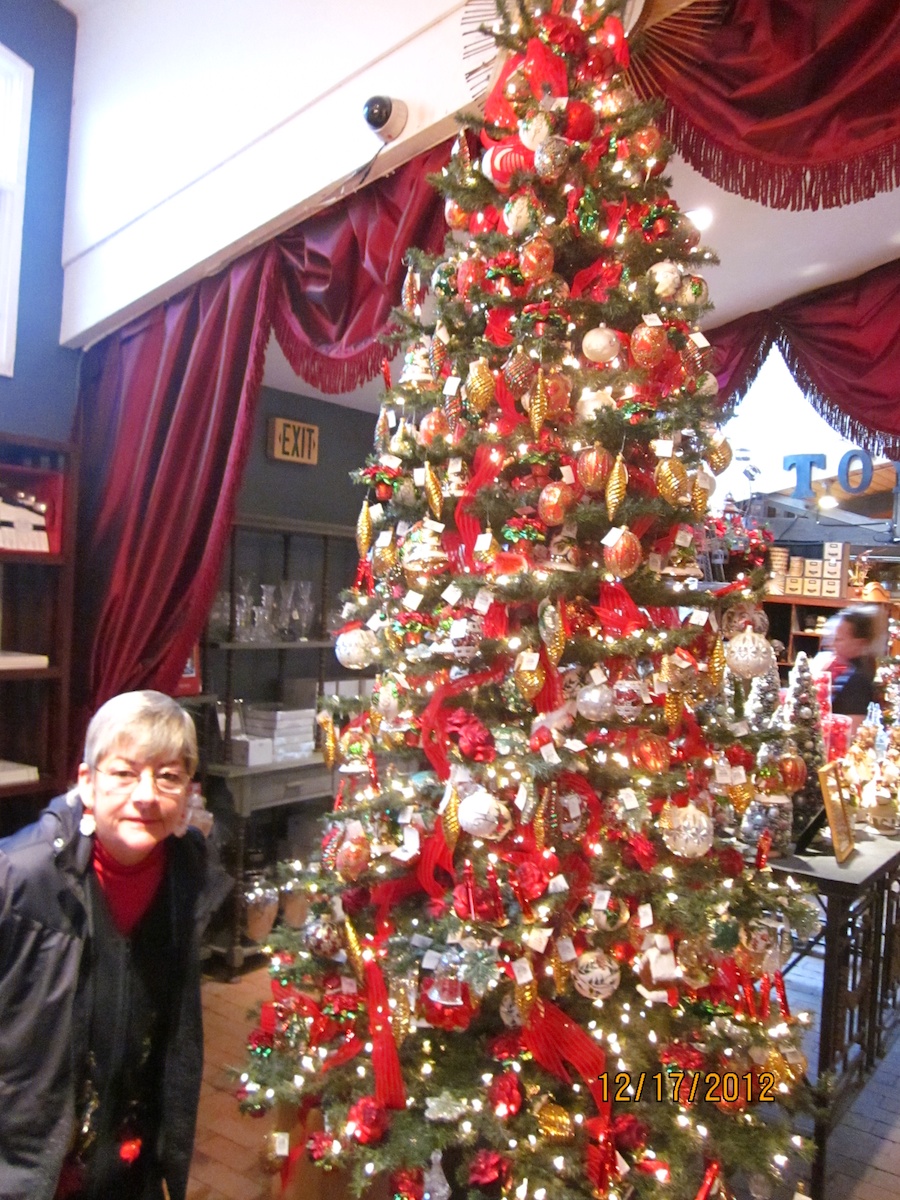
"Paul... Can you get the one ornament on the top of the tree?"
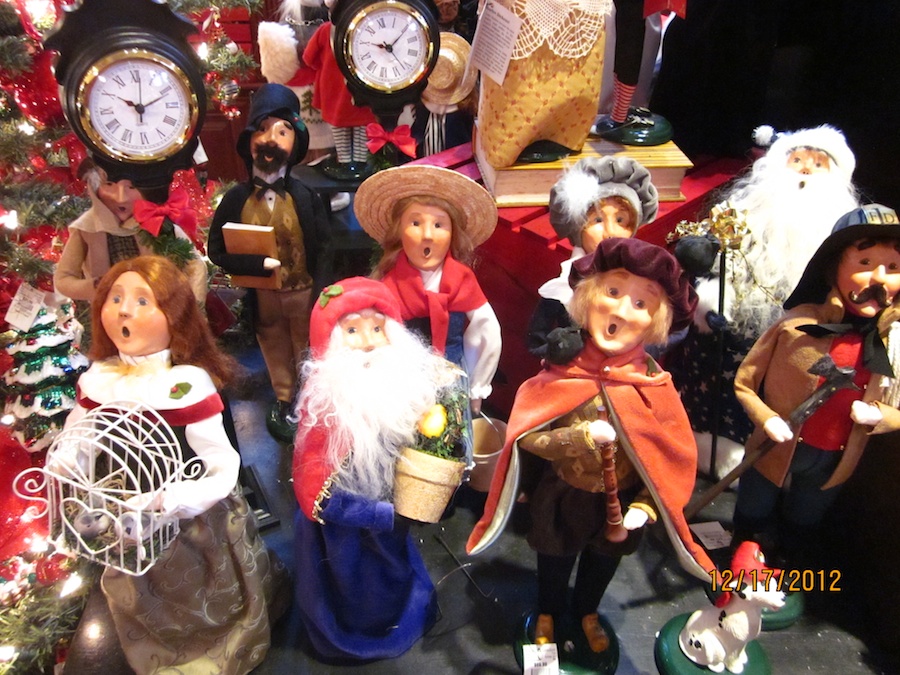
Caroling away
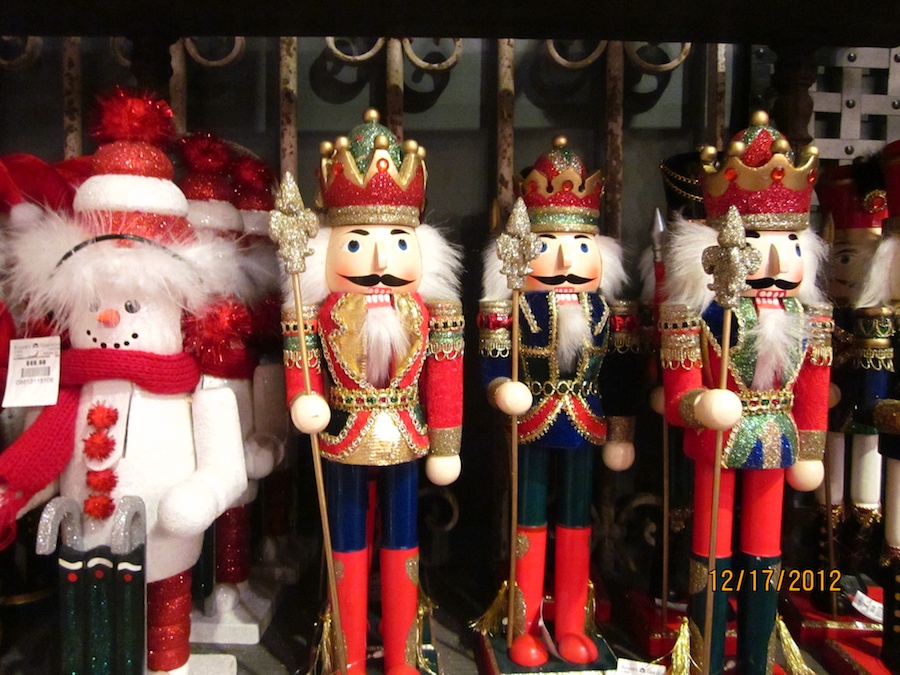
The mouses will all run away....
Did You Know? - Nutcrackers in the form of wooden carvings of a soldier, knight, king, or other profession have existed since at least the 15th century. These nutcrackers portray a person with a large mouth which the operator opens by lifting a lever in the back of the figurine. Originally one could insert a nut in the big-toothed mouth, press down and thereby crack the nut.
Modern nutcrackers in this style serve mostly for decoration, mainly at Christmas time. The ballet The Nutcracker derives its name from this festive holiday decoration. Nutcrackers have long been a traditional symbol of Christmas. The original nutcrackers were first seen in Germany and were thought to have guardian-like properties because of their strong appearance

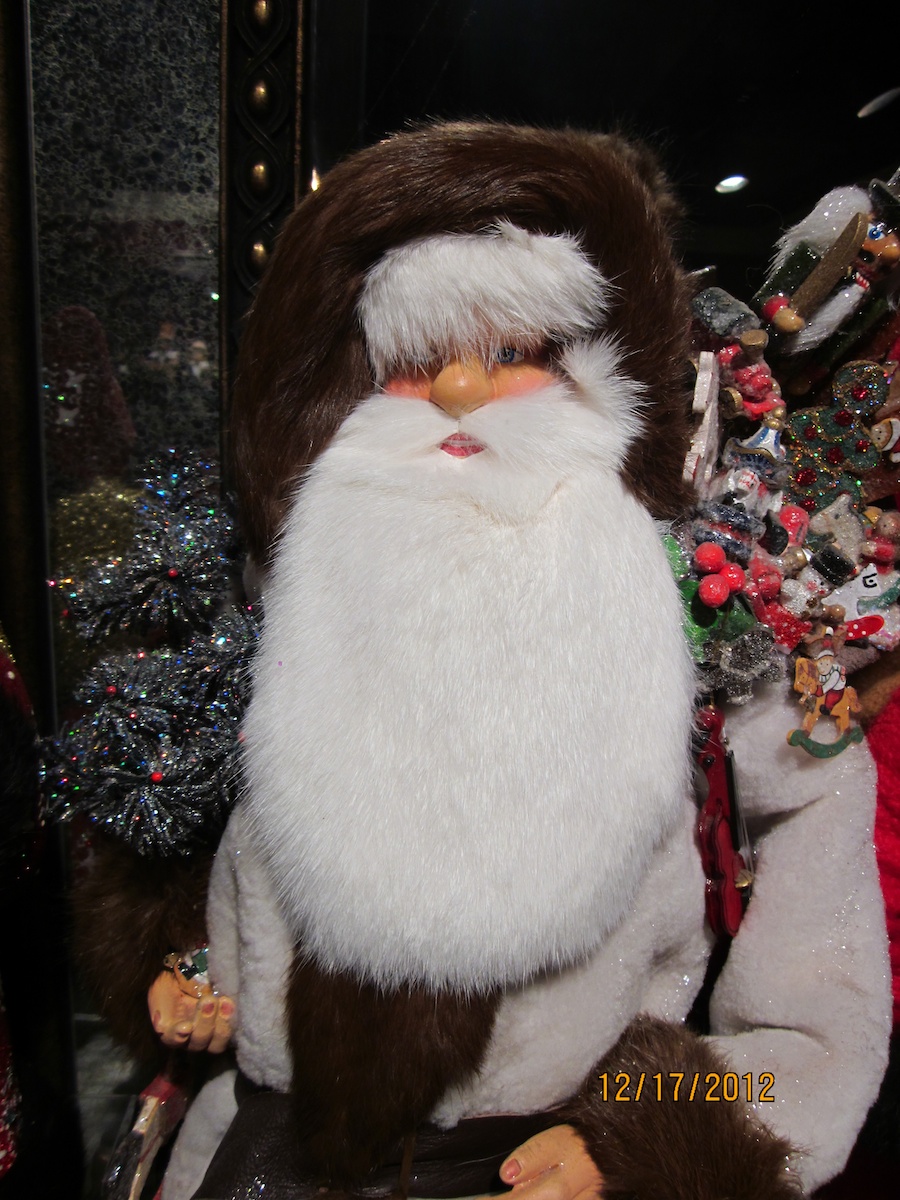
Now that is a Santa beard

"Lookie at all the goodies"
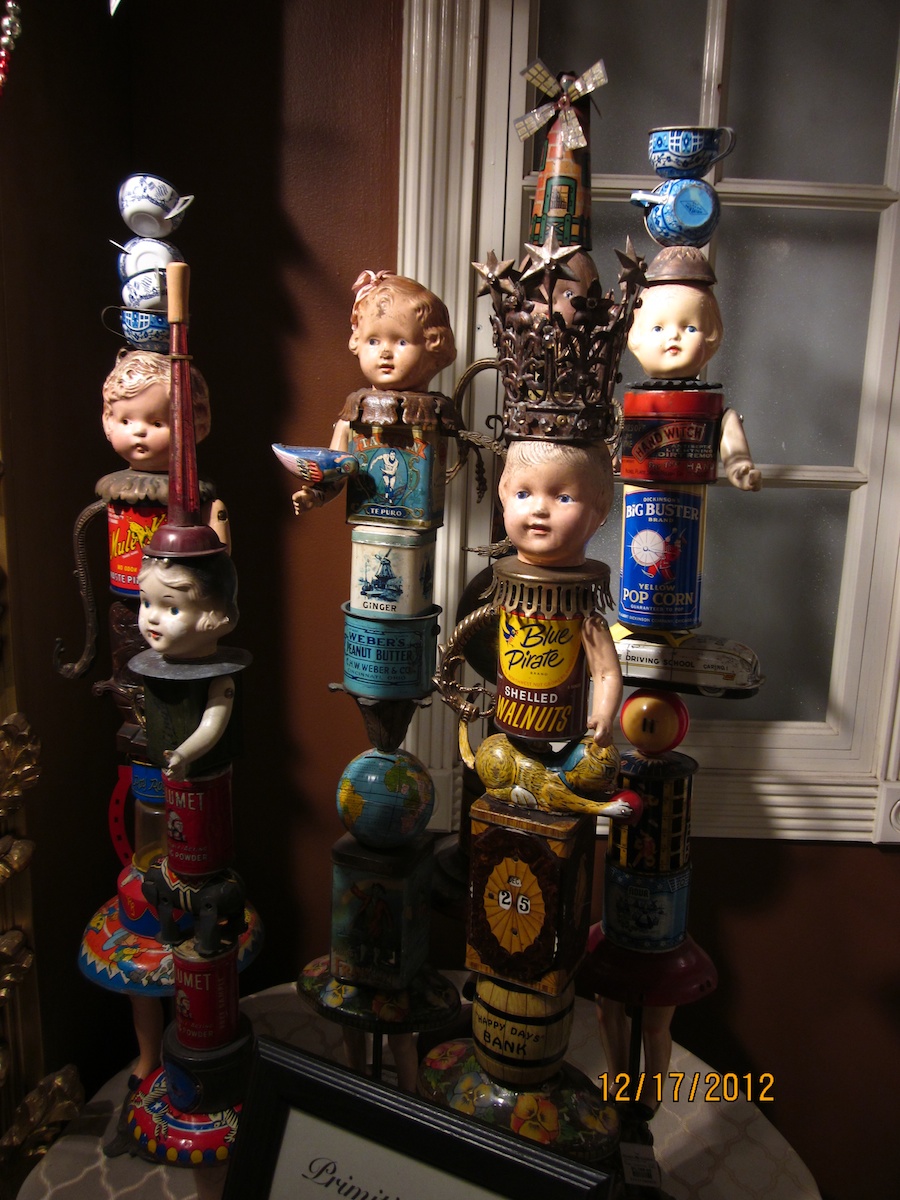
Modern art???
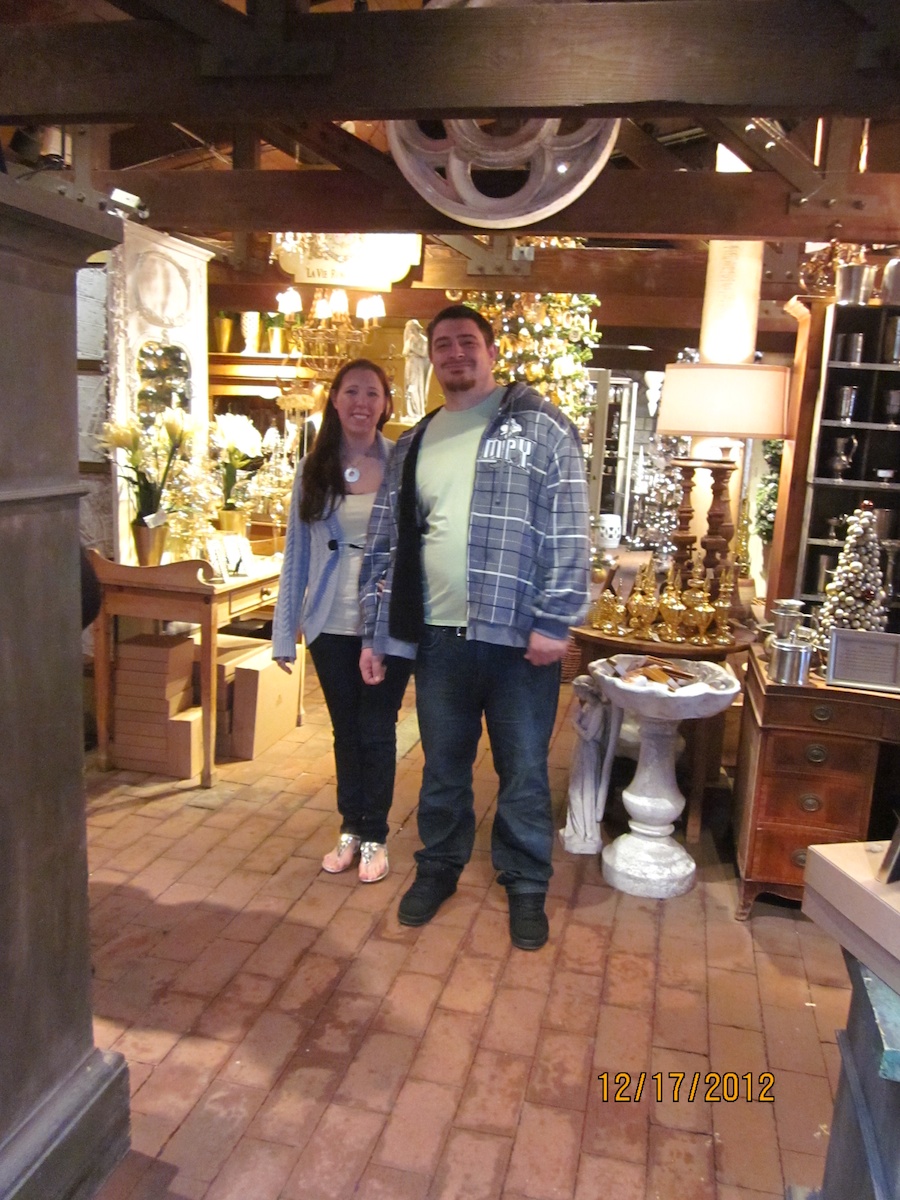
Looking hungry??

Casey must be driving the train

Speeding around the turn

Santa is here
Off To The Royal Khyber Restaurant In Coast Coast Plaza
Did You Know? - During the period of British rule, the Khyber Rifles was one of eight "Frontier Corps" or paramilitary units recruited from the tribesmen of the North West Frontier, serving as auxiliaries for the regular British Indian Army. Raised in the early 1880s as the Khyber Jezailchis, the Khyber Rifles was recruited from Afridi tribesmen, with British commanders seconded from regular Indian regiments. Subordinate officers were Afridis. The first commandant was Sir Robert Warburton, son of an Anglo-Irish soldier Robert Warburton of the Bengal Artillery and his wife Shah Jehan Begum, an Afghan princess. Sir Robert remained the commandant until his retirement in 1899. His deputy, Nawab Sir Aslam Khan Saddozai, the first Muslim commandant, succeeded him.


We have arrived
Did You Know? - Indian cuisine encompasses a wide variety of regional cuisines native to India. Given the range of diversity in soil type, climate and occupations, these cuisines vary significantly from each other and use locally available spices, herbs, vegetables, and fruits. Indian food is also heavily influenced by religious and cultural choices.
The development of these cuisines have been shaped by Hindu and Jain beliefs, in particular vegetarianism which is a common dietary trend in Indian society. There has also been Arab influence on North Indian cuisine from the years of Mughal and Delhi Sultanate rule. Indian cuisine has been and is still evolving, as a result of the nation's cultural interactions with other societies.
Historical incidents such as foreign invasions, trade relations and colonialism have also played a role in introducing certain foods to the country. For instance, potato, a staple of North Indian diet was brought to India by the Portuguese, who also introduced chillies and breadfruit.[
Indian cuisine has also shaped the history of international relations; the spice trade between India and Europe is often cited by historians as the primary catalyst for Europe's Age of Discovery. Spices were bought from India and traded around Europe and Asia. It has also influenced other cuisines across the world, especially those from Southeast Asia, the British Isles and the Caribbean.
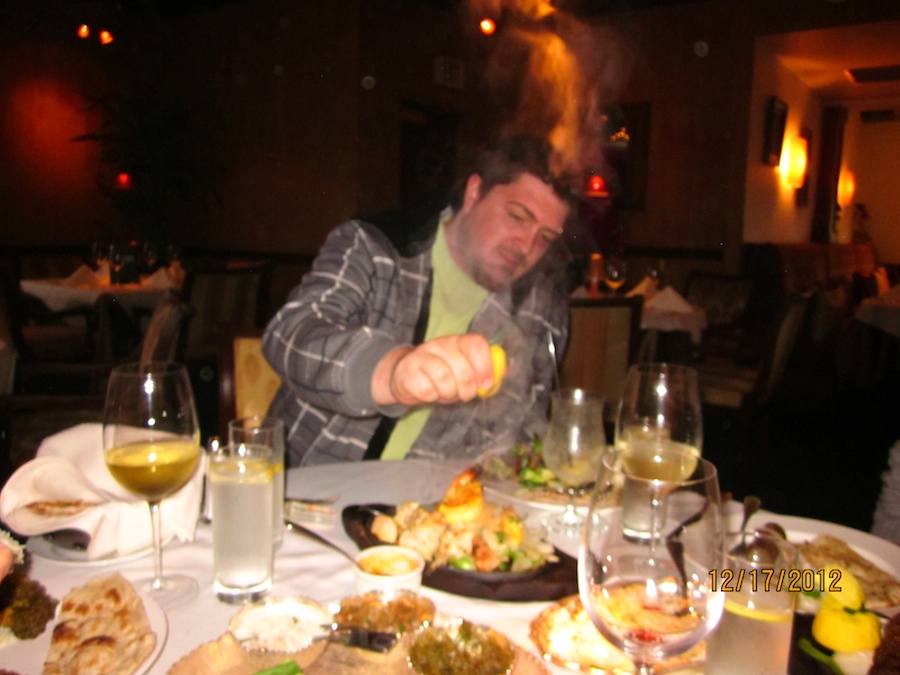
Squeezing the lemon

All smiles
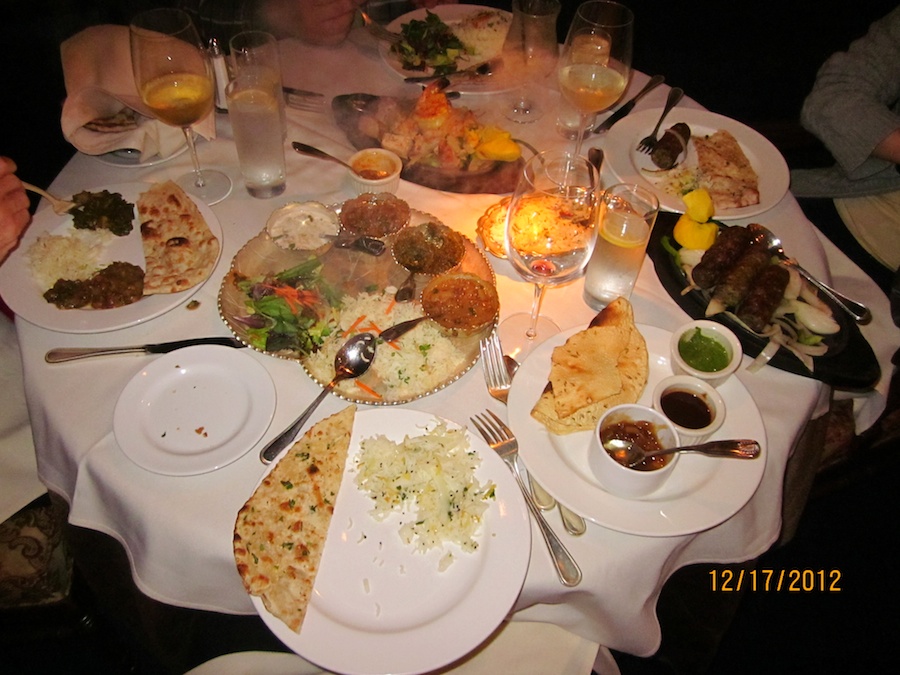


The birthday continues
The Aquarium Of The Pacific
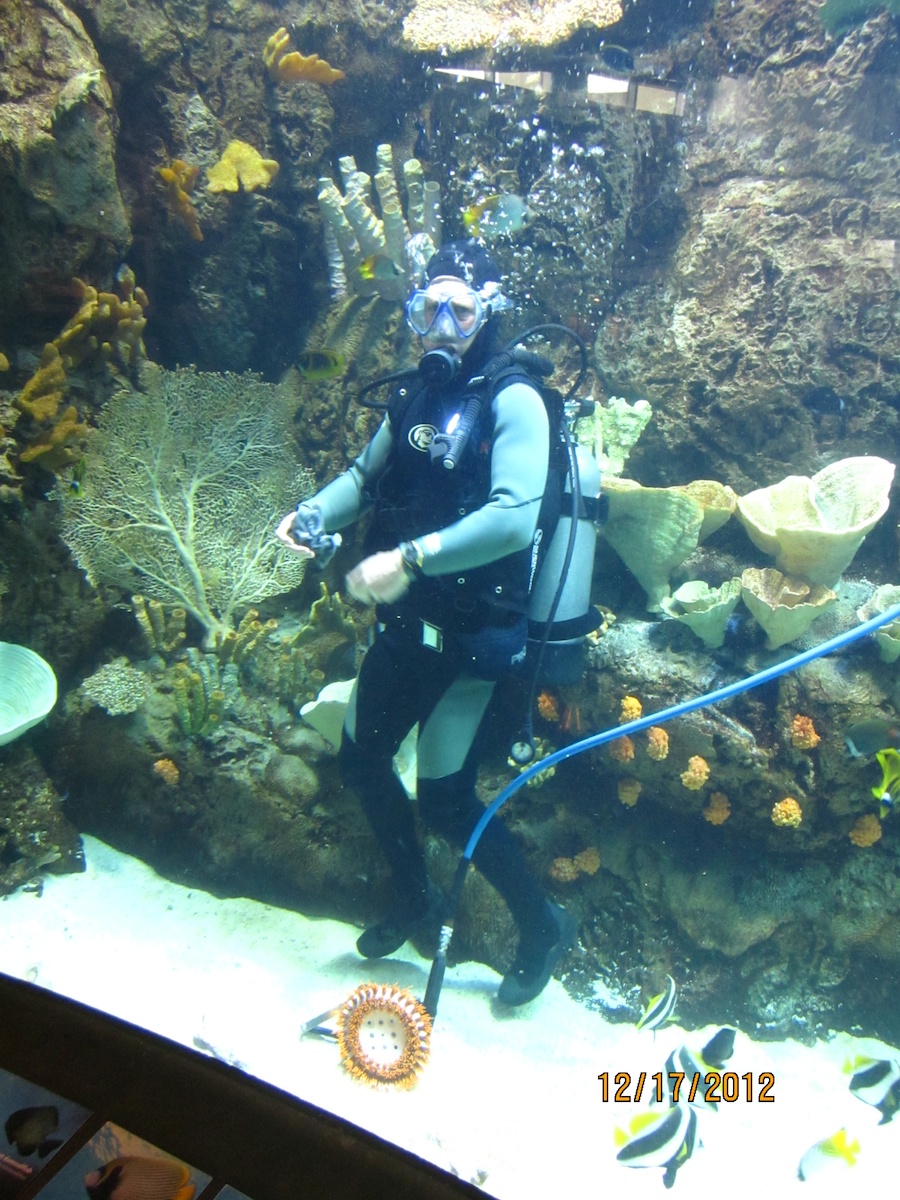
Just in time to see the tank being scrubbed
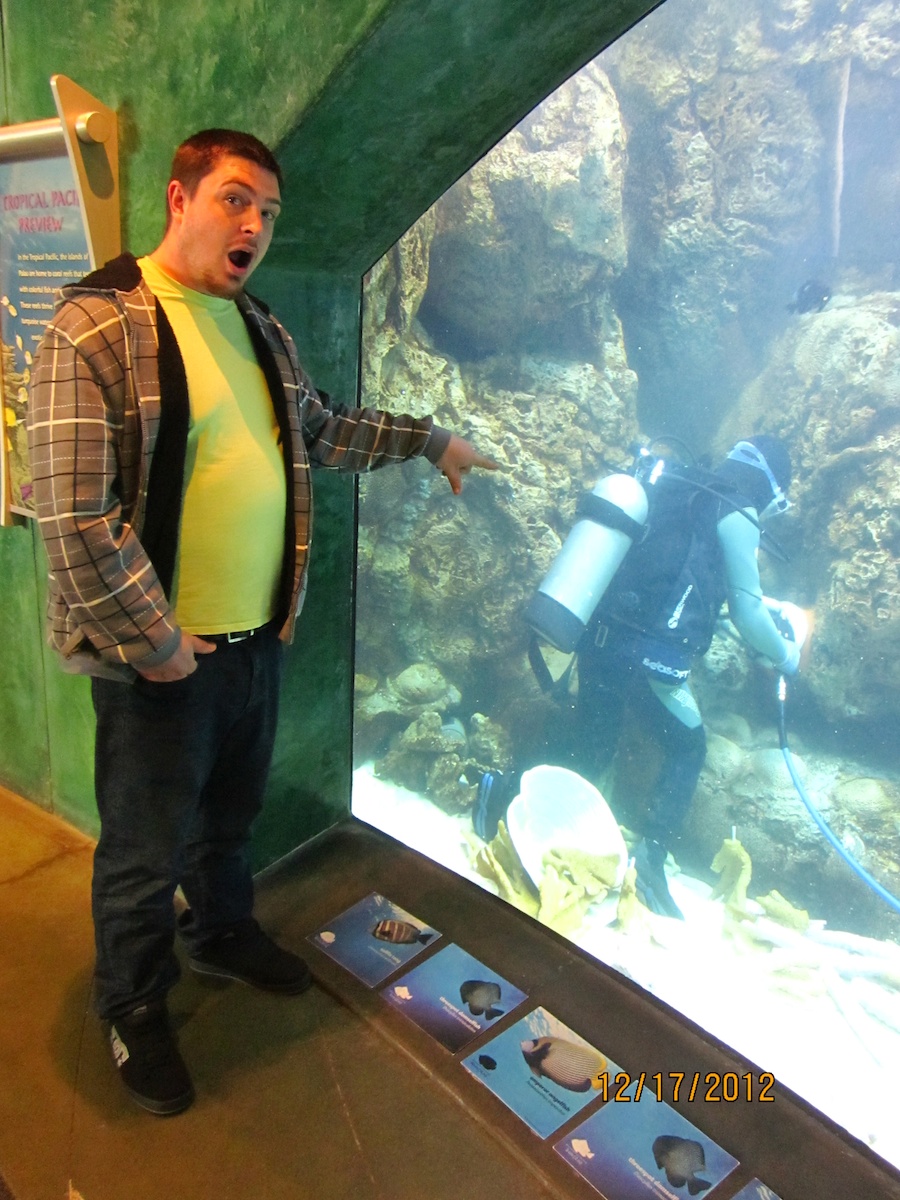
"I wanna do that!"
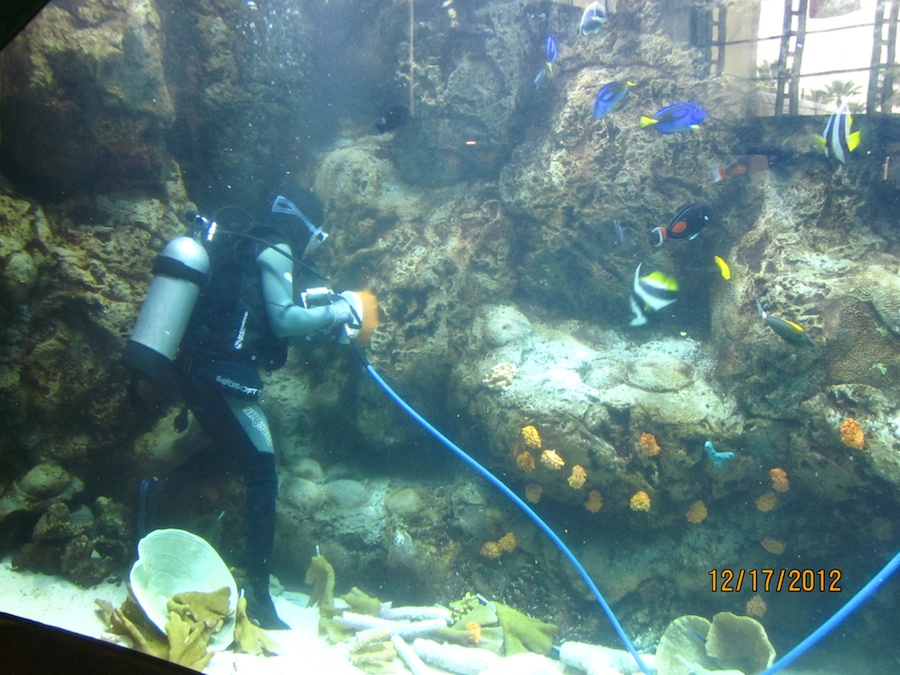
Really stirring up the water
Did You Know? - In the Roman Empire, the first fish to be brought indoors was the sea barbel, which was kept under guest beds in small tanks made of marble. Introduction of glass panes around the year 50 AD allowed Romans to replace one wall of marble tanks, improving their view of the fish.
In 1369, the Chinese Emperor, Hóngwǔ, established a porcelain company that produced large porcelain tubs for maintaining goldfish; over time, people produced tubs that approached the shape of modern fish bowls.
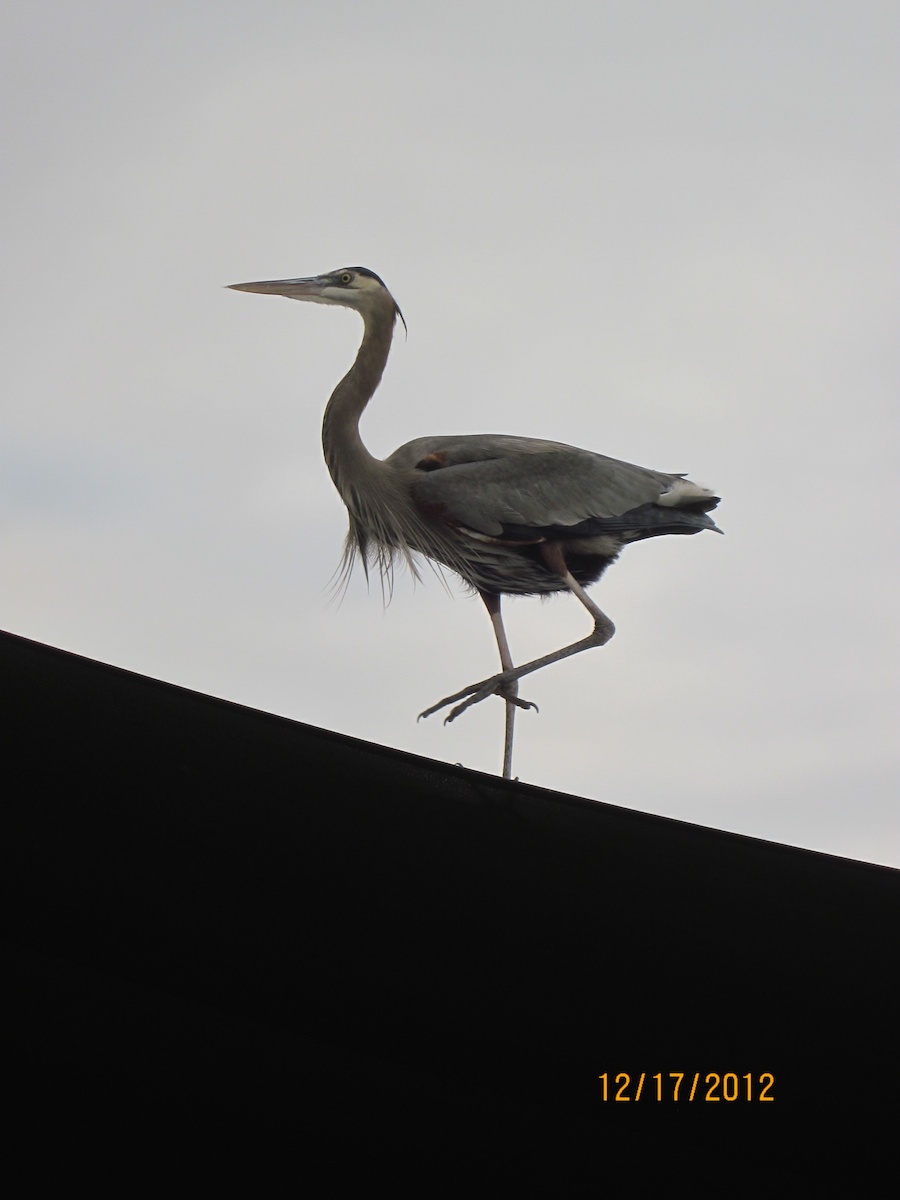
It is real! Stalking us!
Penguins Are Amazing Creatures
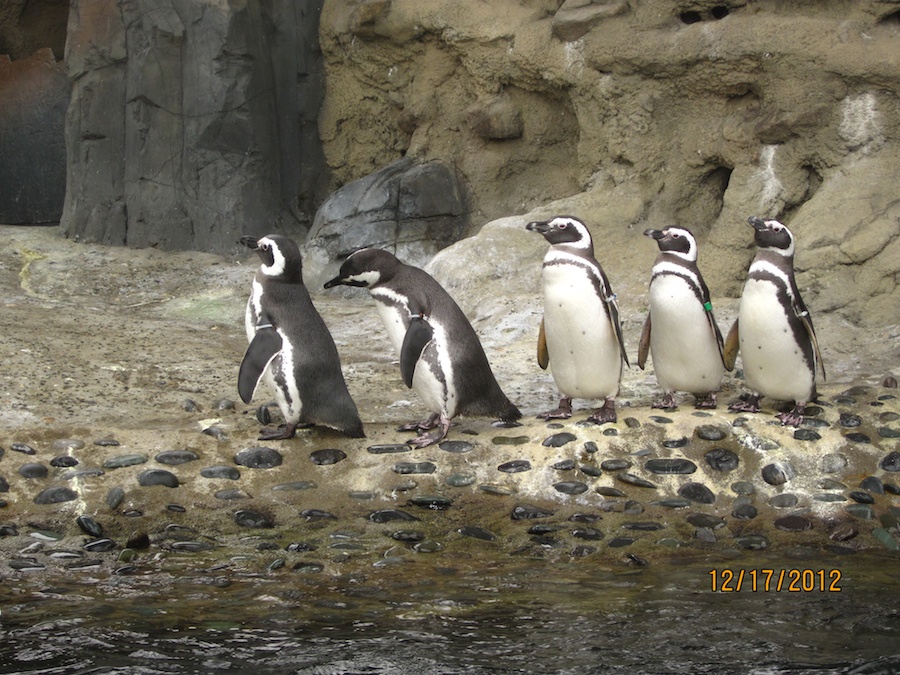
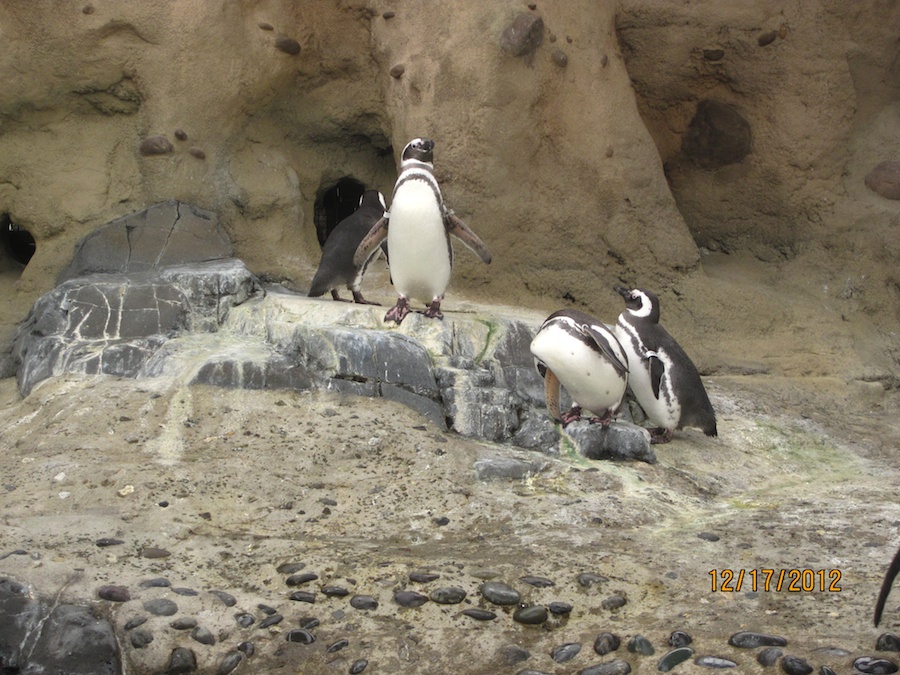
"Yo... Big Jon.... Jump in for a swim!"
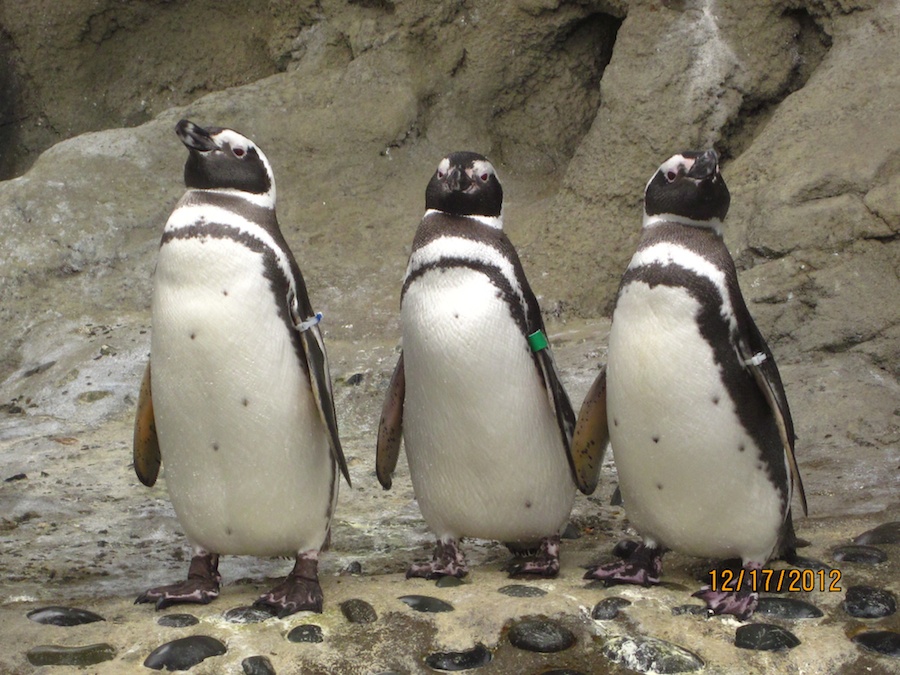
Three stooges??
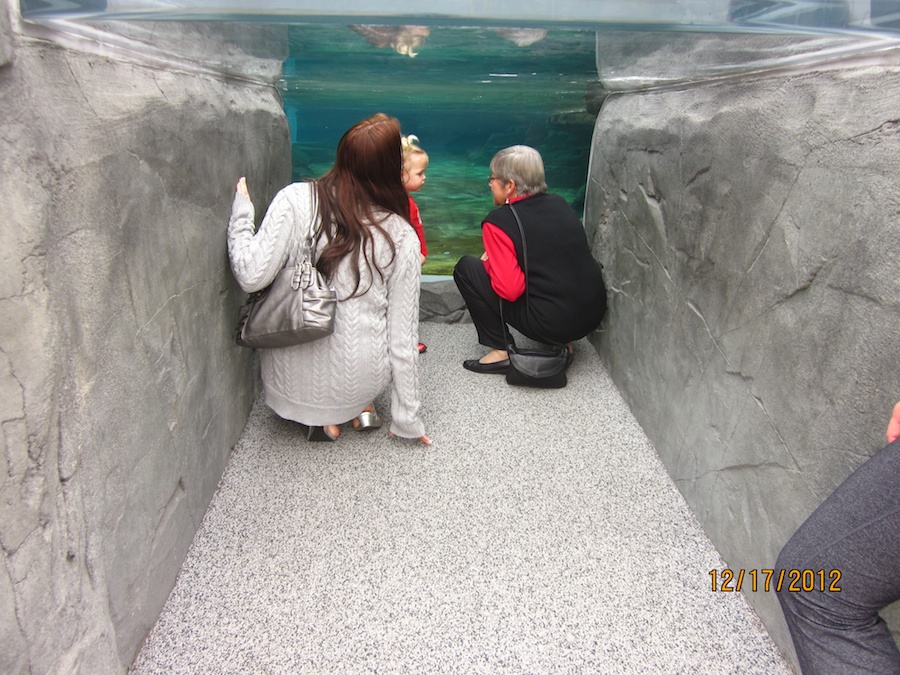
Sarah and Grandma goes underwater

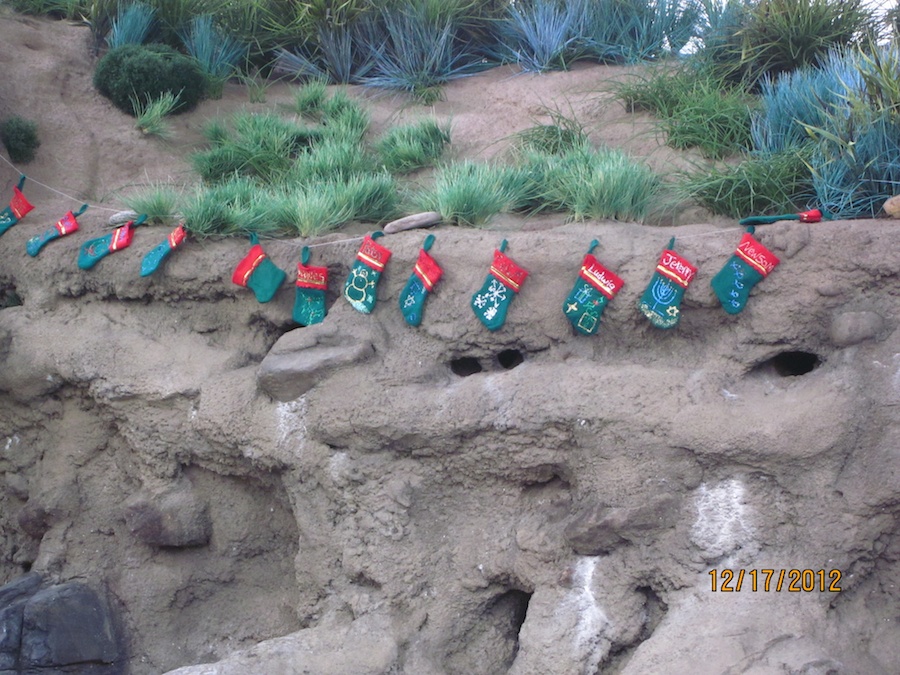

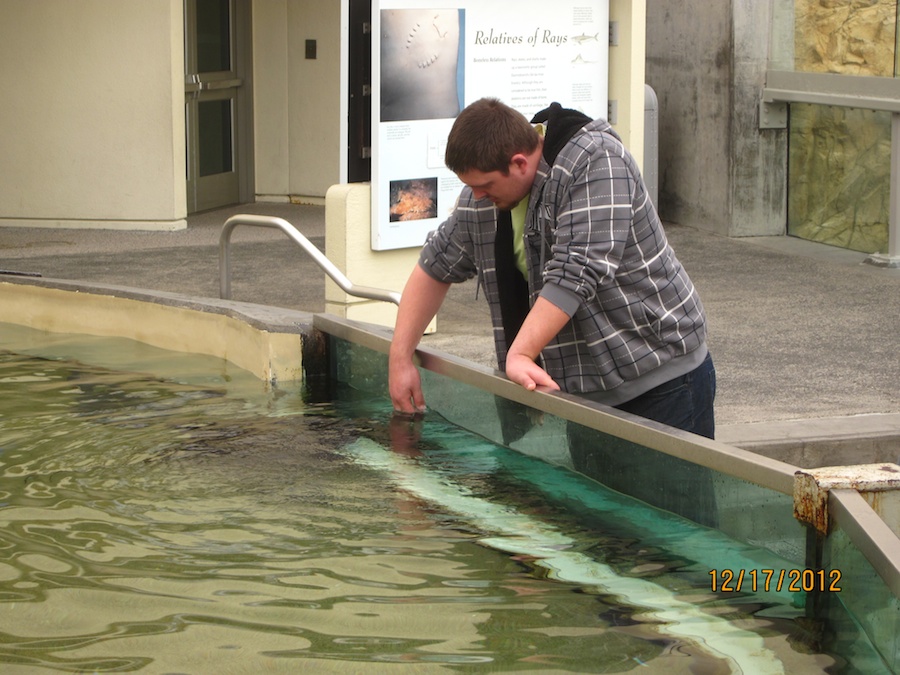
Chomp!
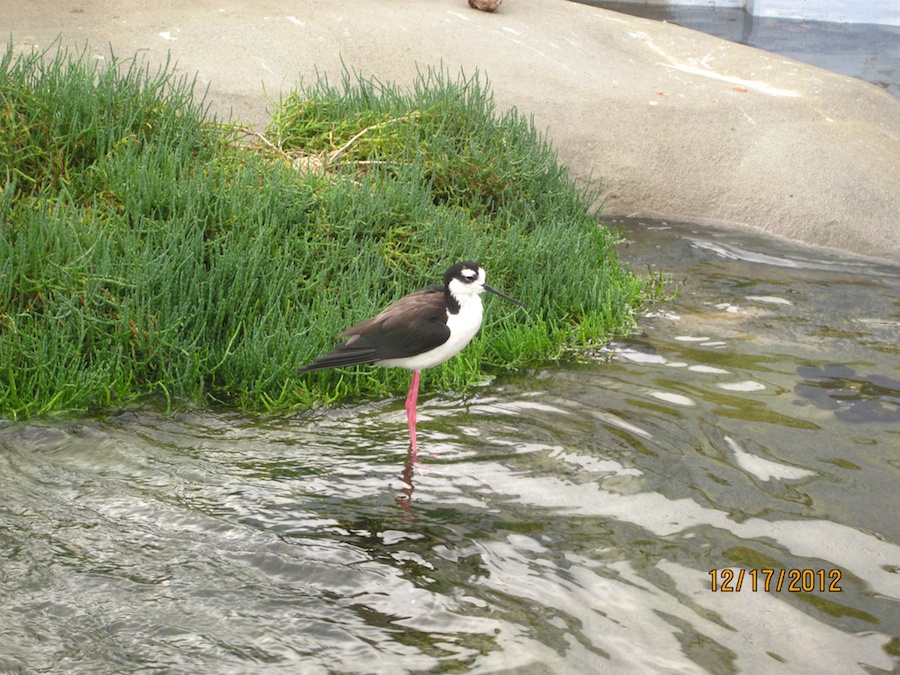
My legs are cold
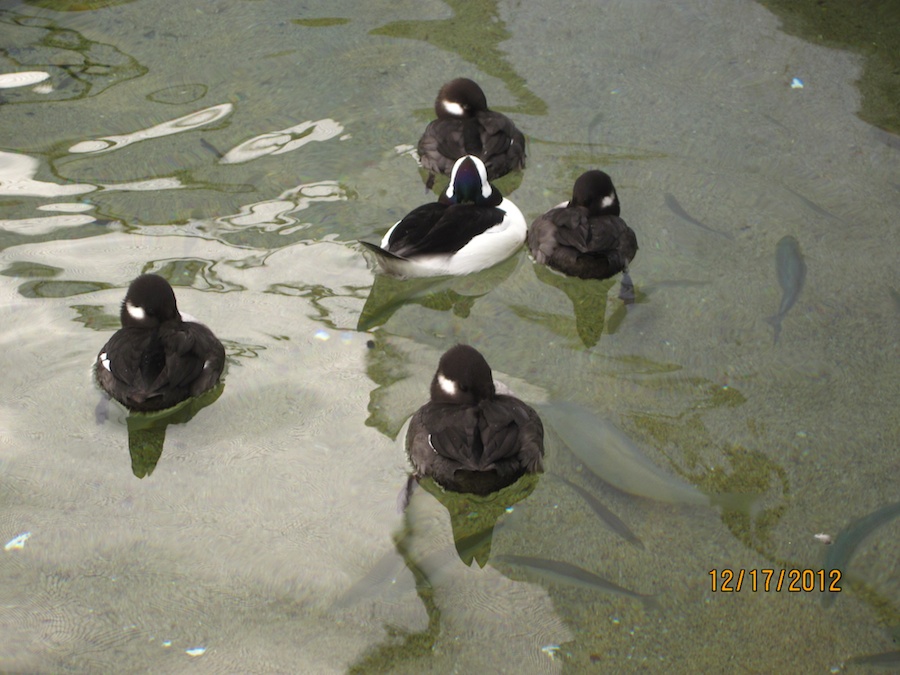
Odd man out
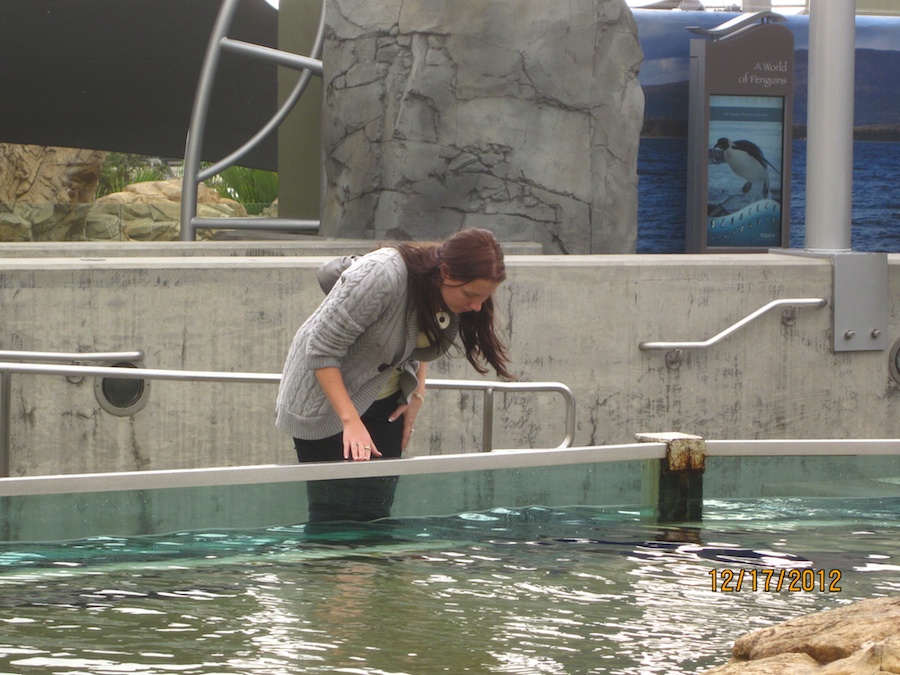
"What in the world??? I'm not putting my anything in there!"
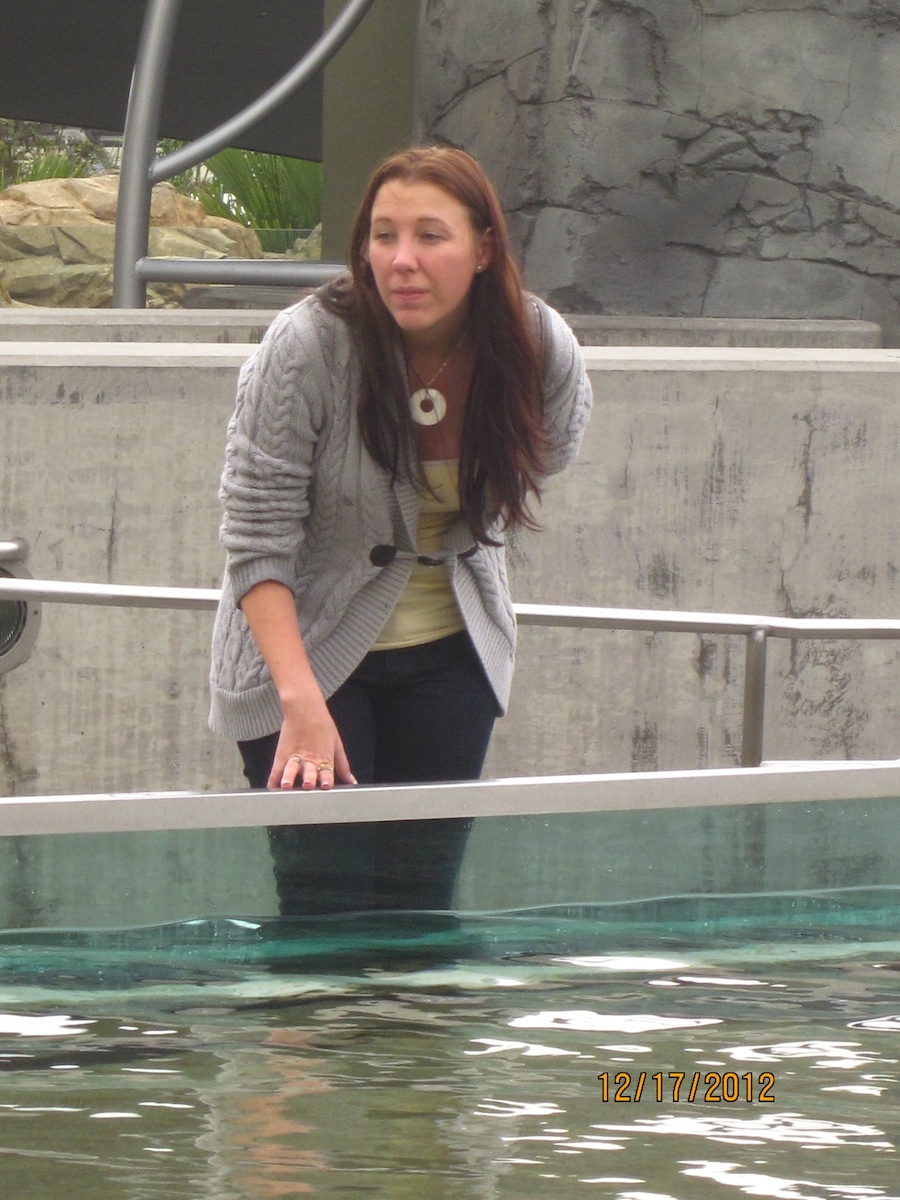
"Well.... Maybe"
The Lorikeets Are Waiting in Ambush!

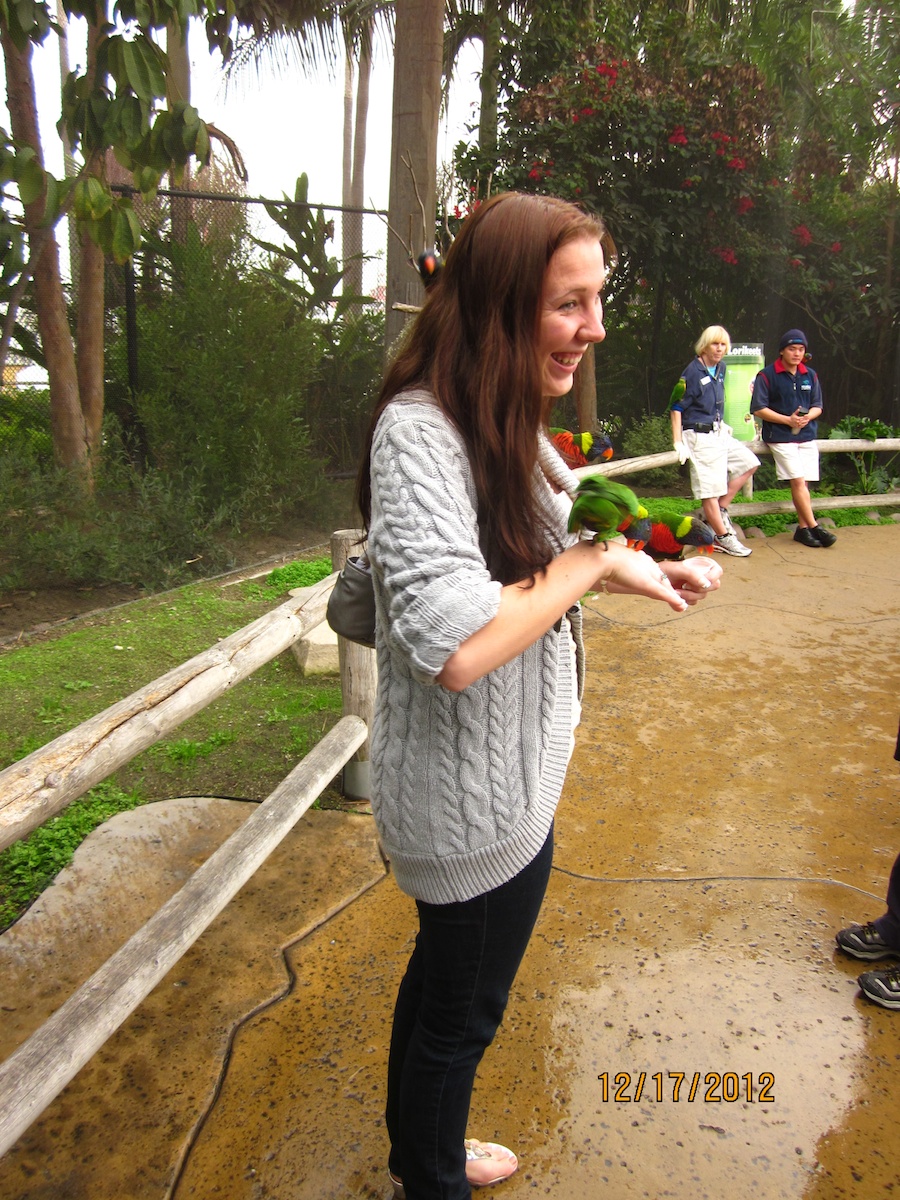
Zot.... Sarah has some new friends!
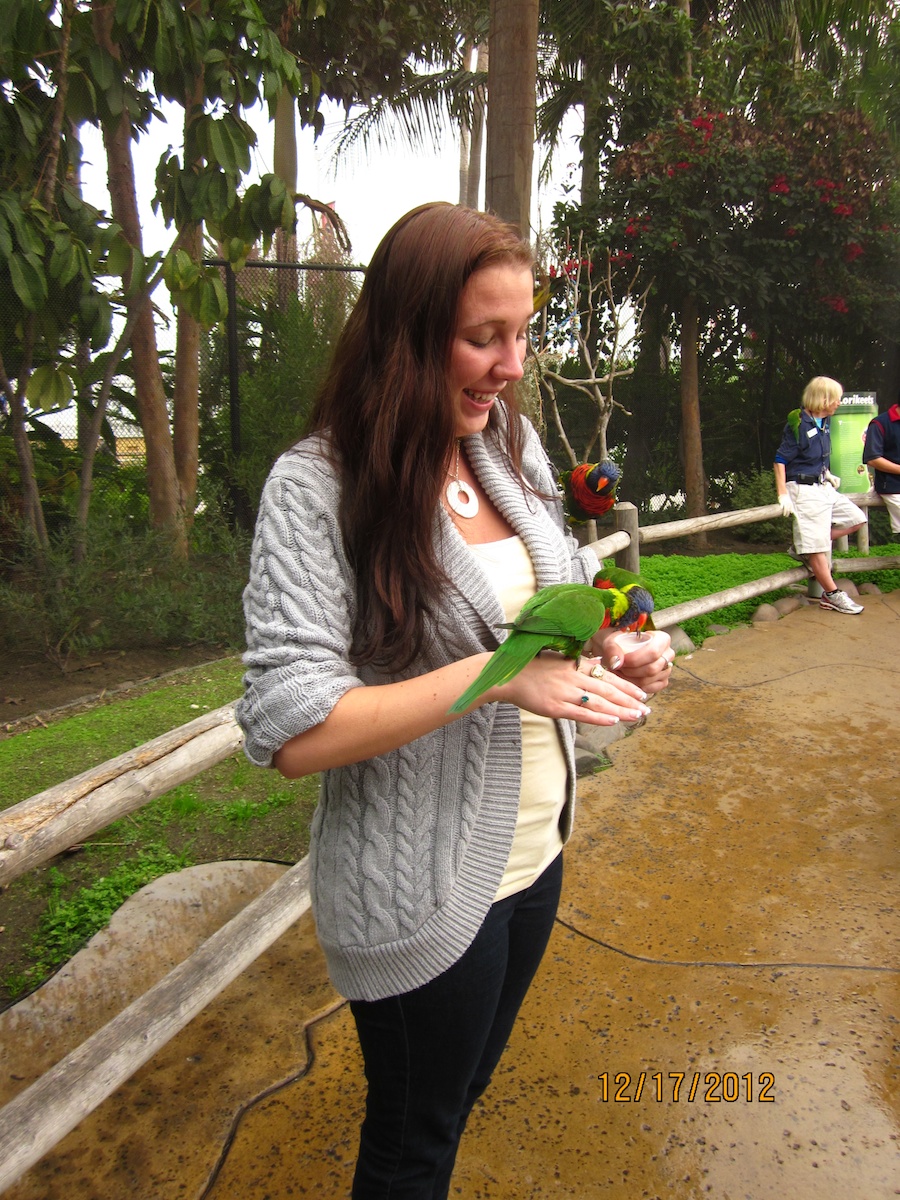
M-m-m-m-m.... Shall I go for the nectar or finger??
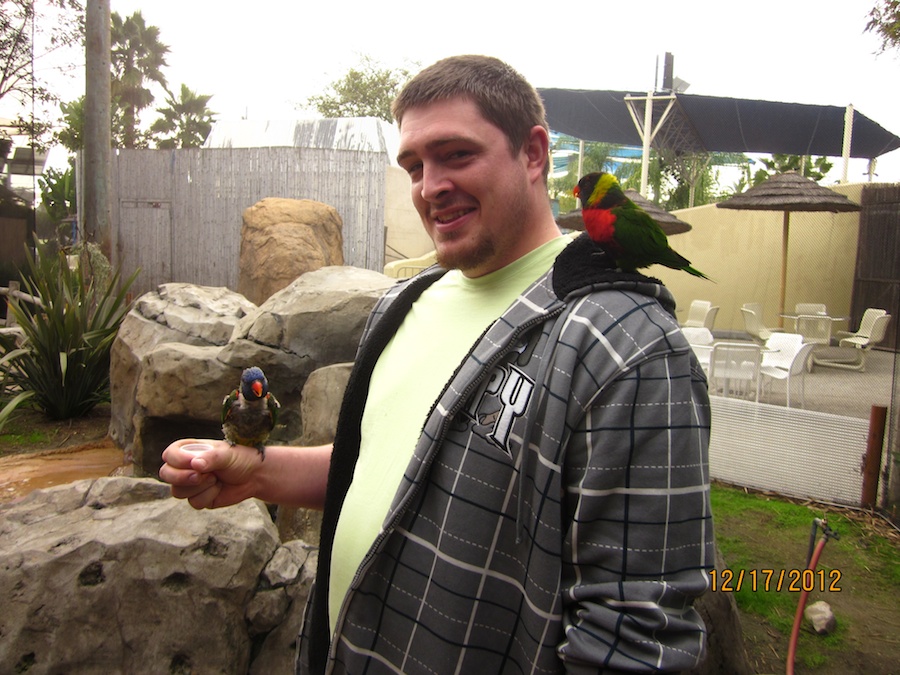
"Hey Charlie... I can see through his ear!"

"Now what do I do??"

Can we take one home???
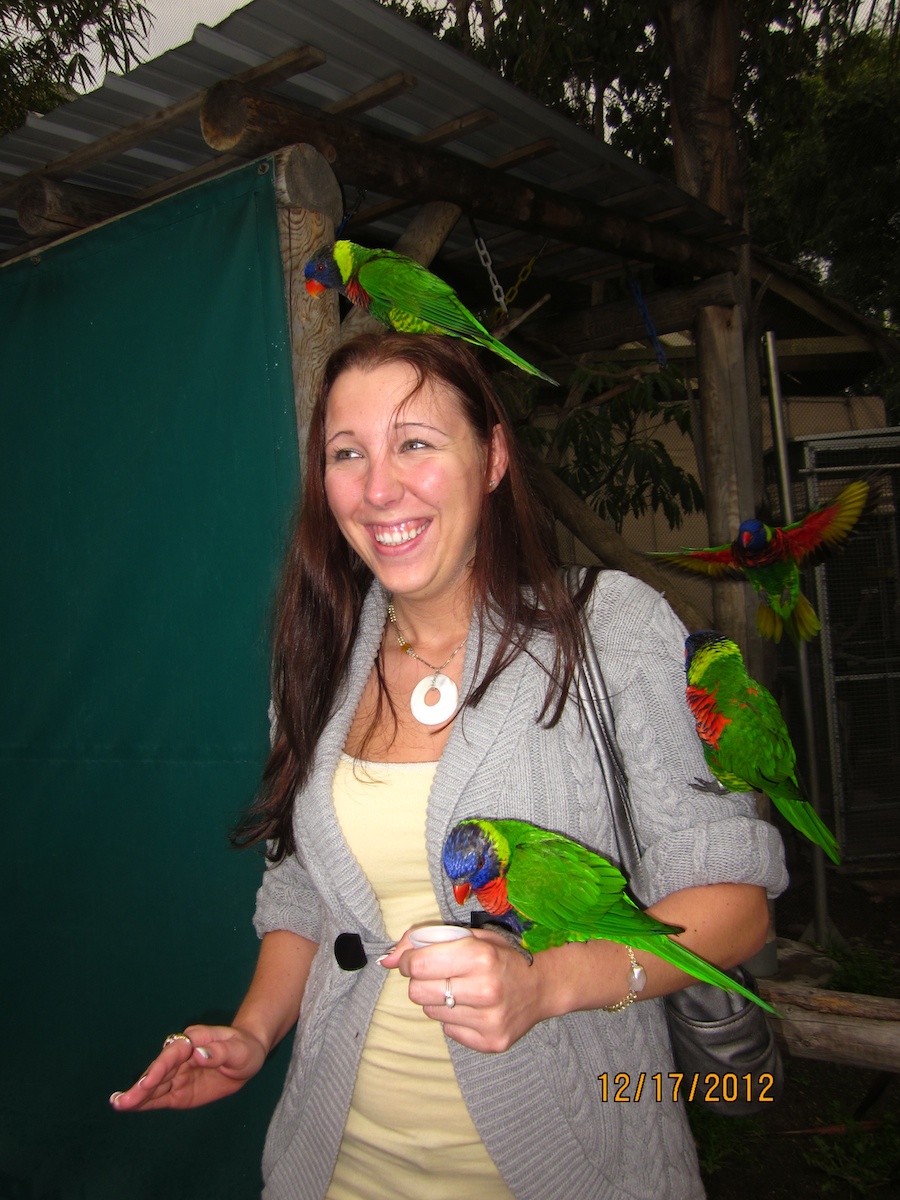
"OMG... I is being attacked"

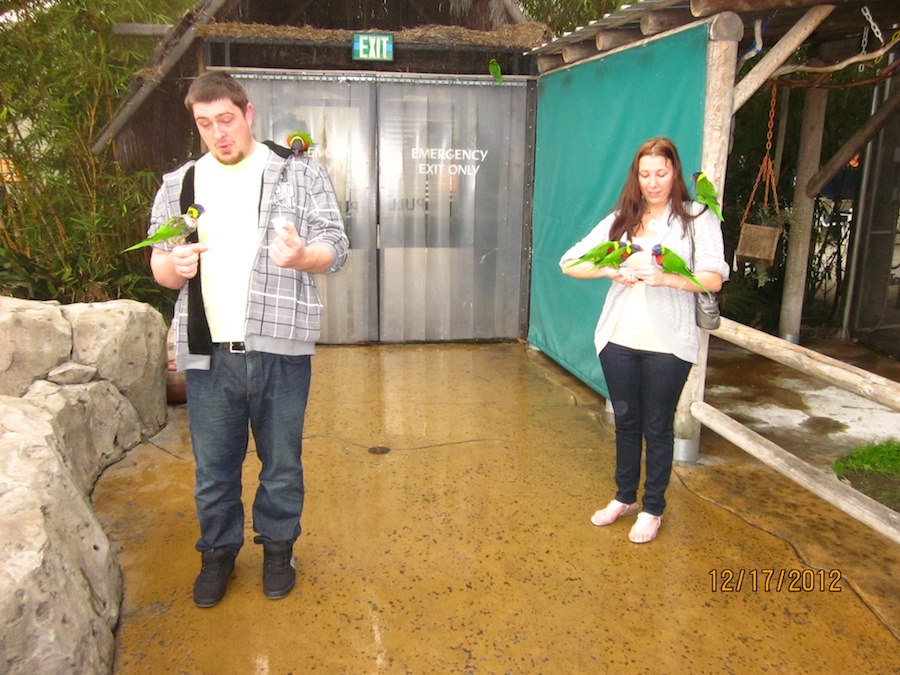



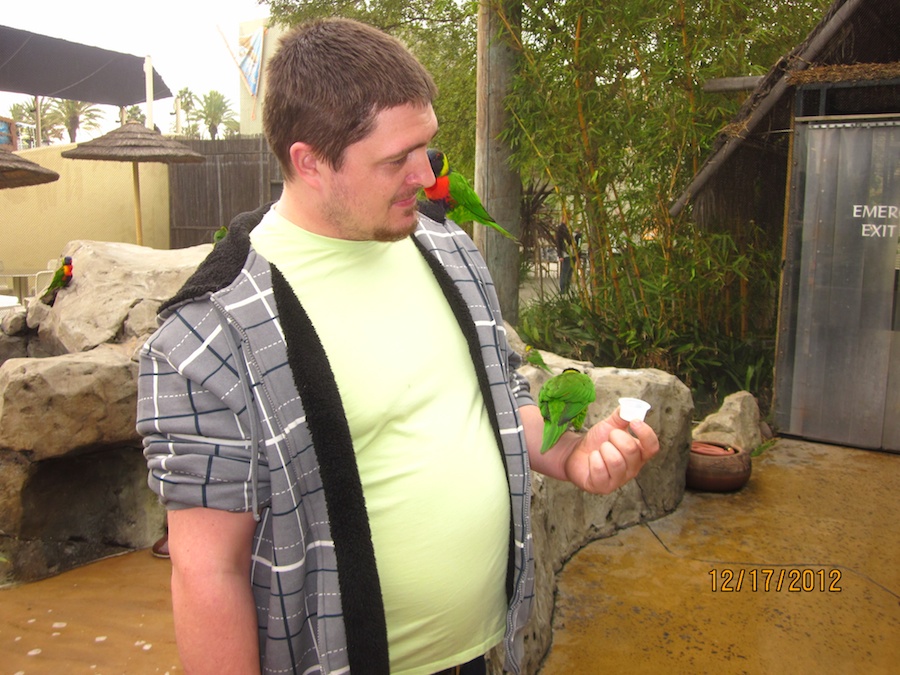



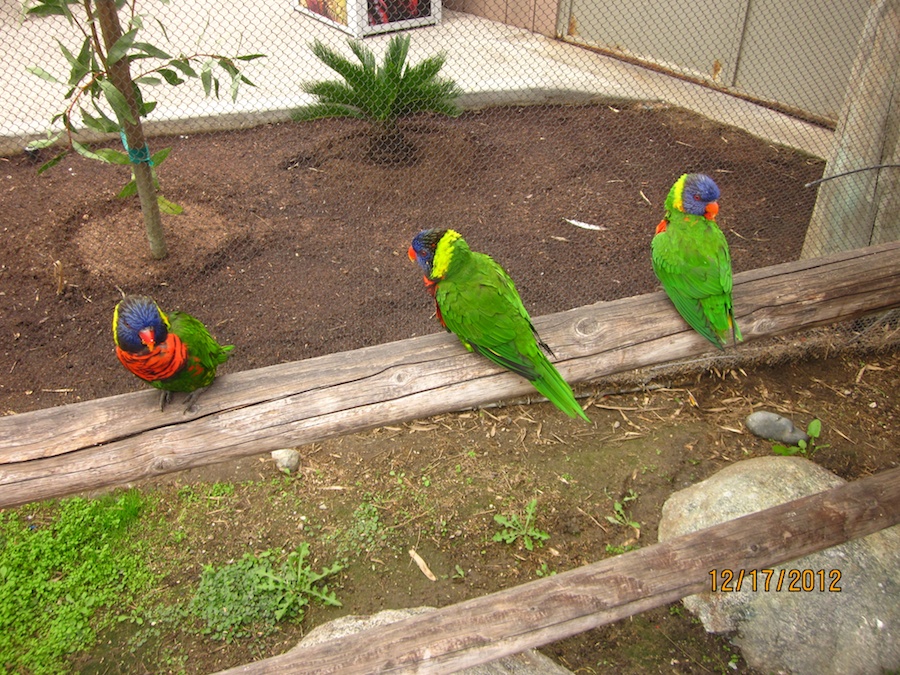
To The Sharks
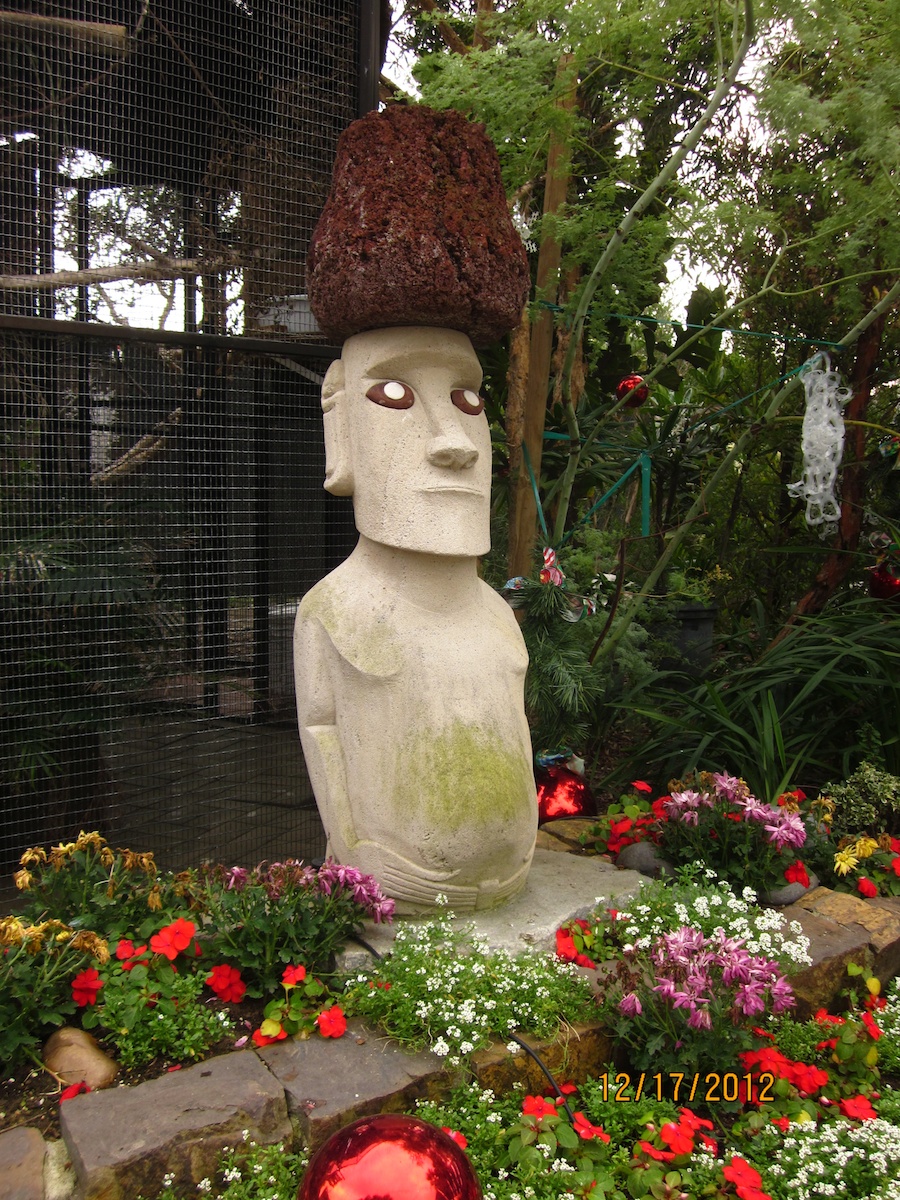


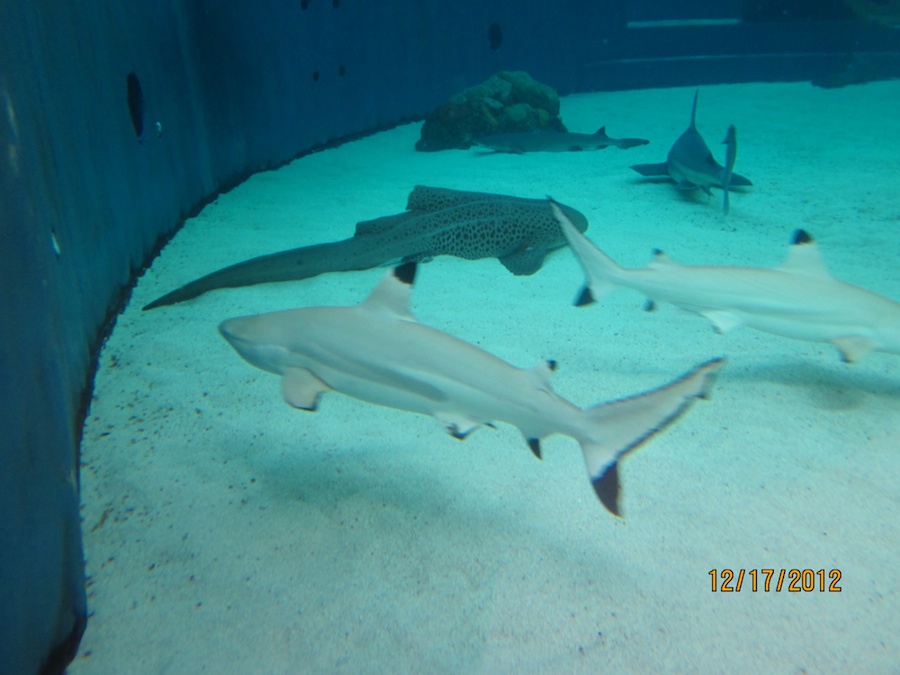
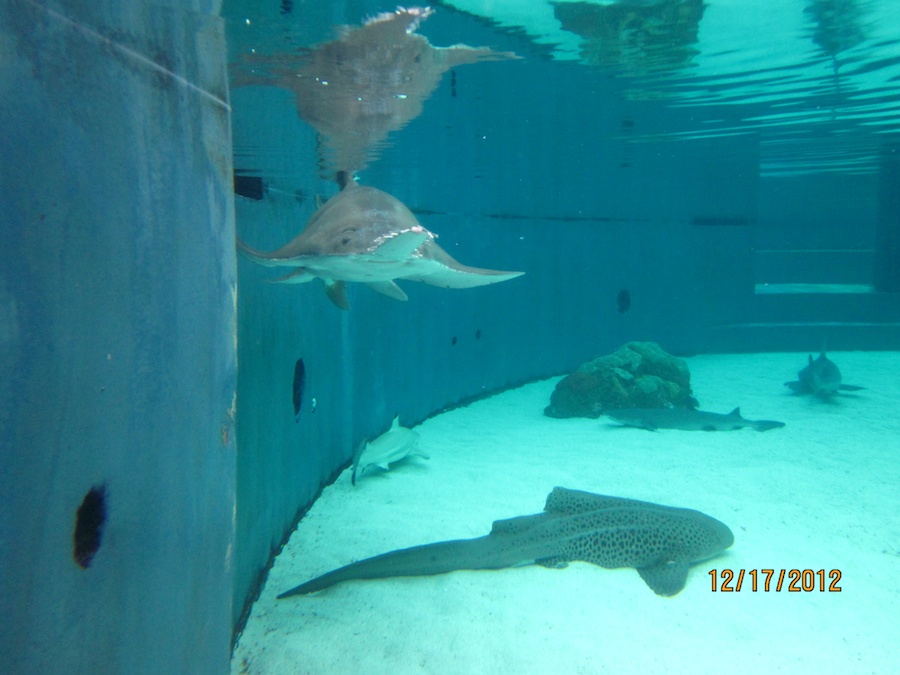
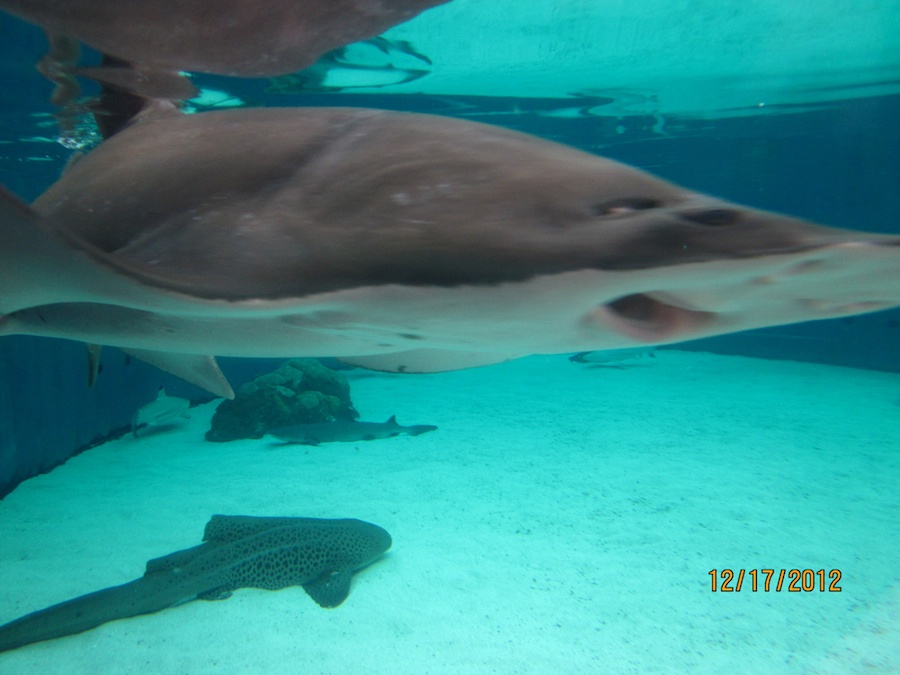
Let's Pet The Smaller Fish
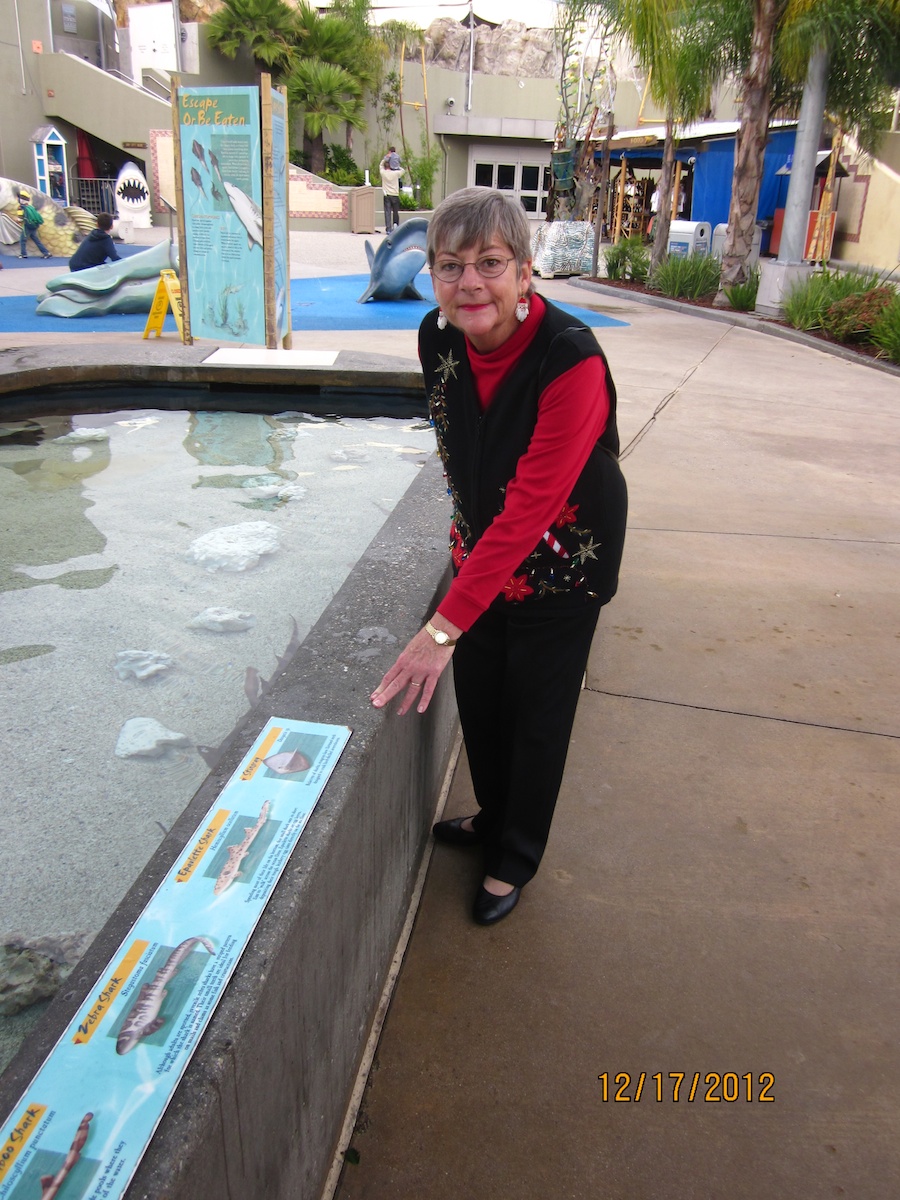
I am not afraid...
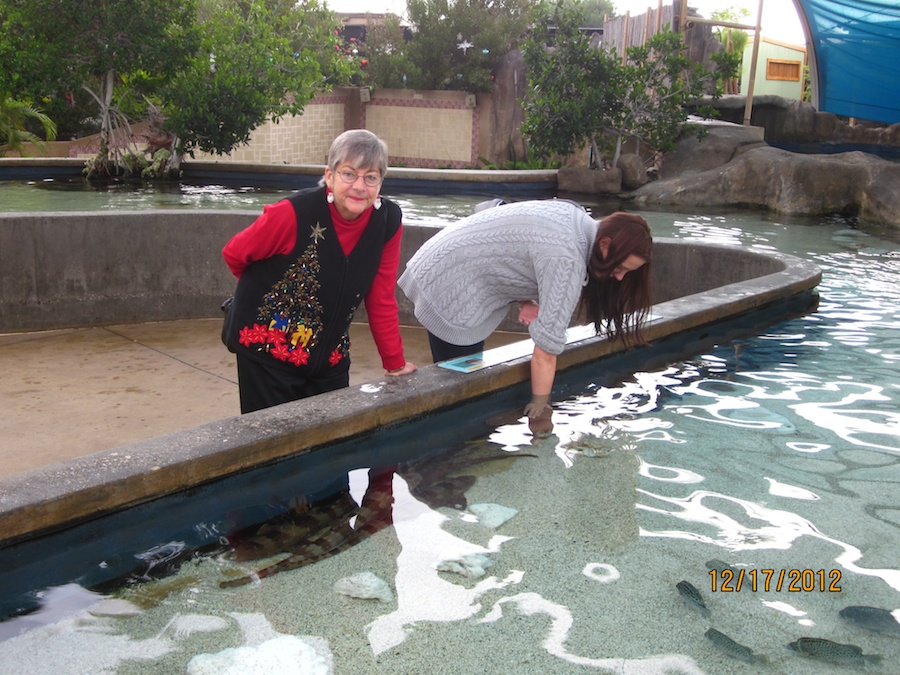
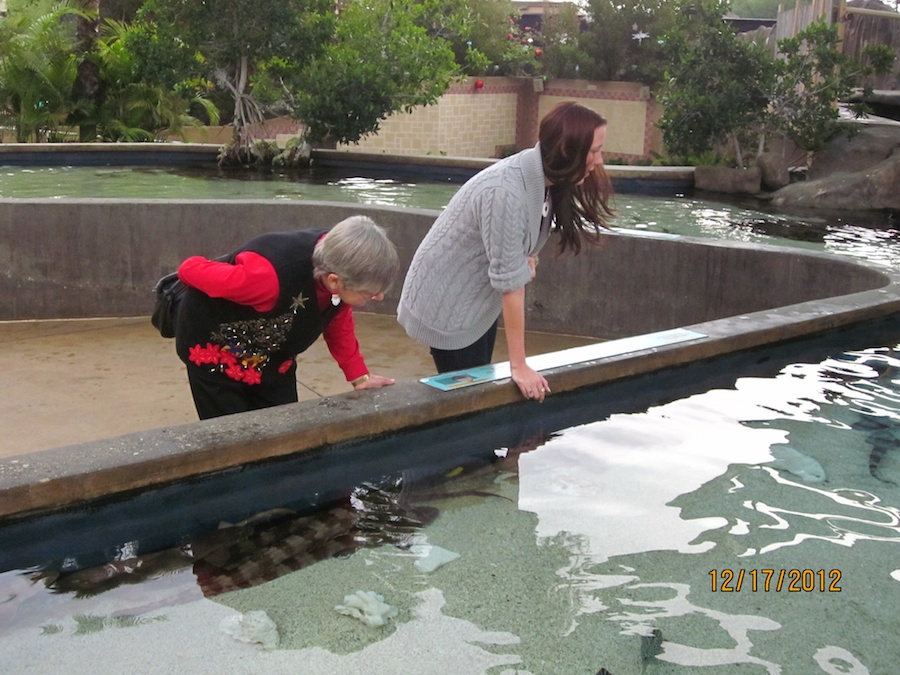
"Sarah! Count your fingers"
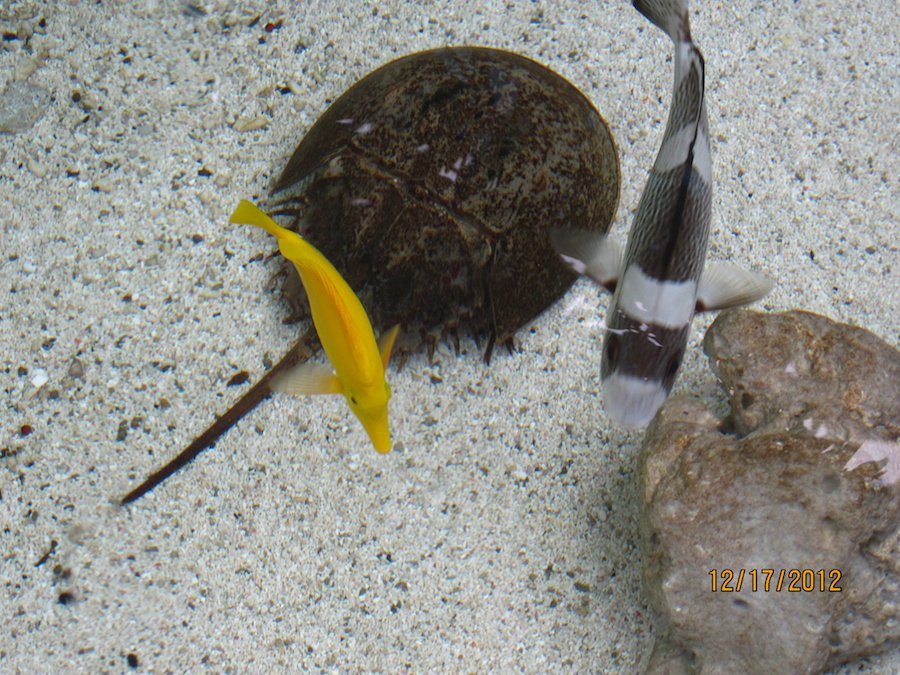

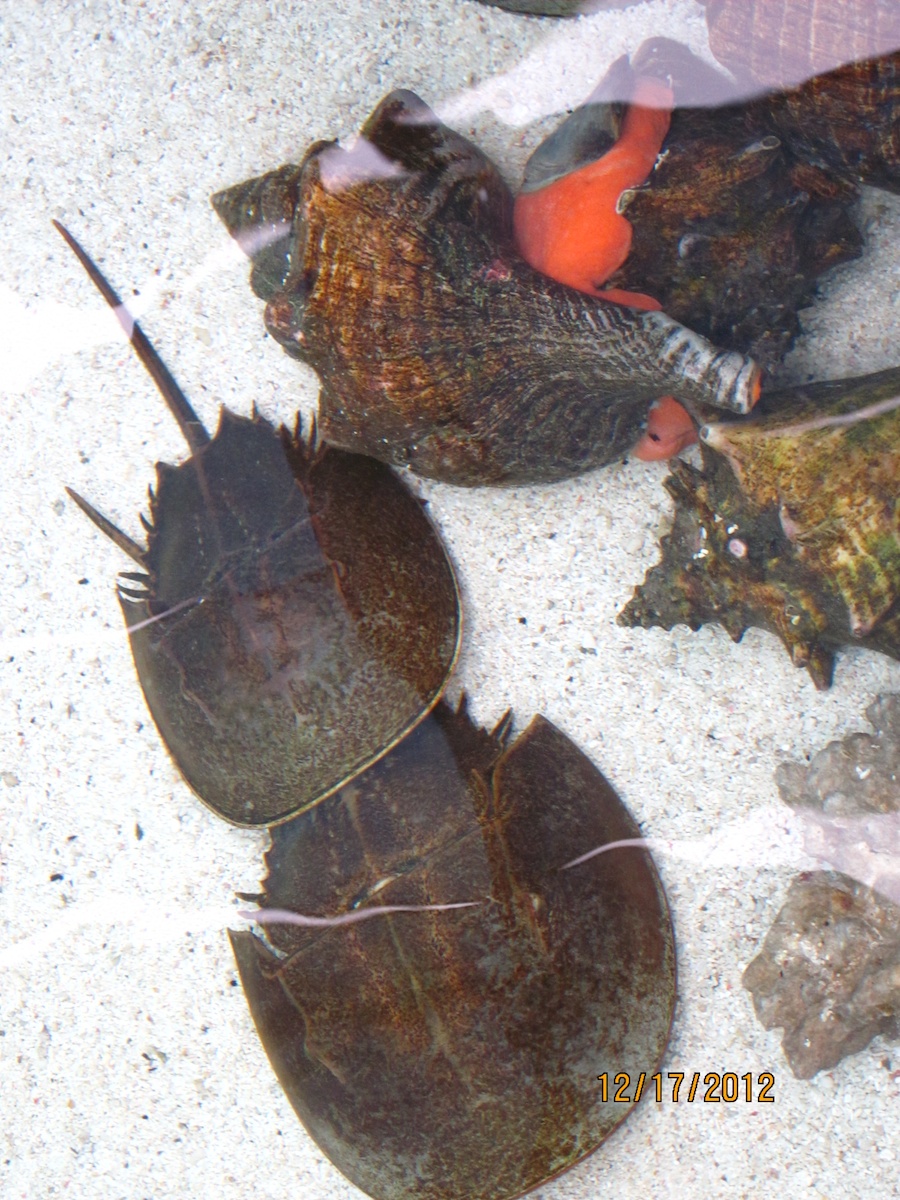

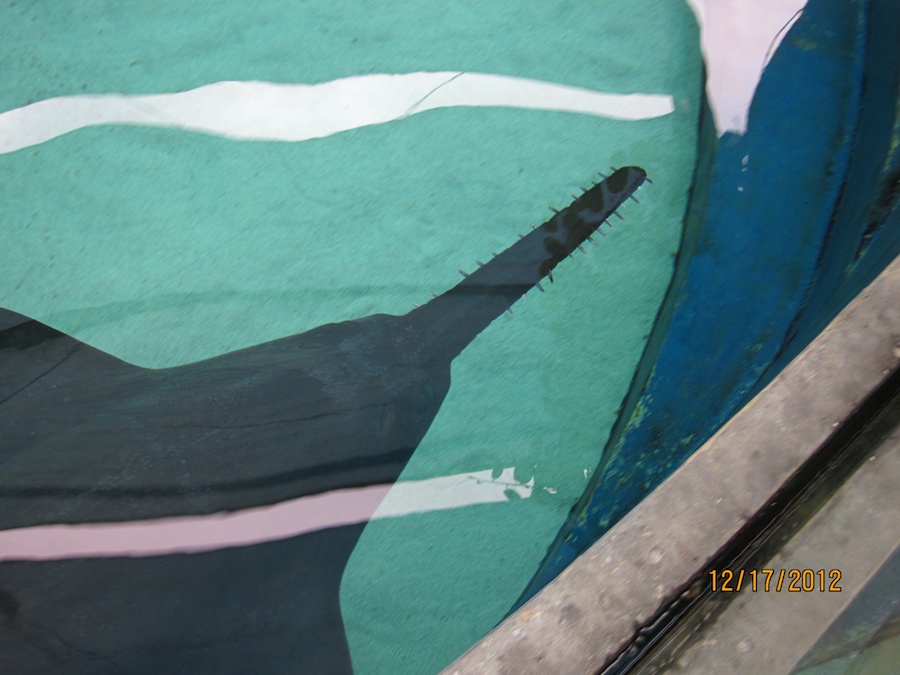

Sawshark
Did You Know? - The sawsharks or saw sharks are an order (Pristiophoriformes) of sharks bearing long blade-like snouts edged with teeth, which they use to slash and disable their prey. Most occur in waters from South Africa to Australia and Japan, at depths of 40 metres (130 ft) and below; in 1960 the Bahamas sawshark was discovered in the deeper waters (640 m to 915 m) of the northwestern Caribbean.


The conch walks around without eyes
Did You Know? - Second in popularity only to the escargot for edible snails, the meat of conches is used as food, either eaten raw, as in salads, or cooked, as in fritters, chowders, gumbos, and burgers. All parts of the conch meat are edible.[2] However, some people find only the white meat appetizing.
In East Asian cuisines, this seafood is often cut into thin slices and then steamed or stir-fried.
In the West Indies (and Turks and Caicos Islands in particular), local people eat conch in soups (commonly callaloo) and salads. Restaurants all over the islands serve this particular meat.
The Animals Have Their Own Hospital
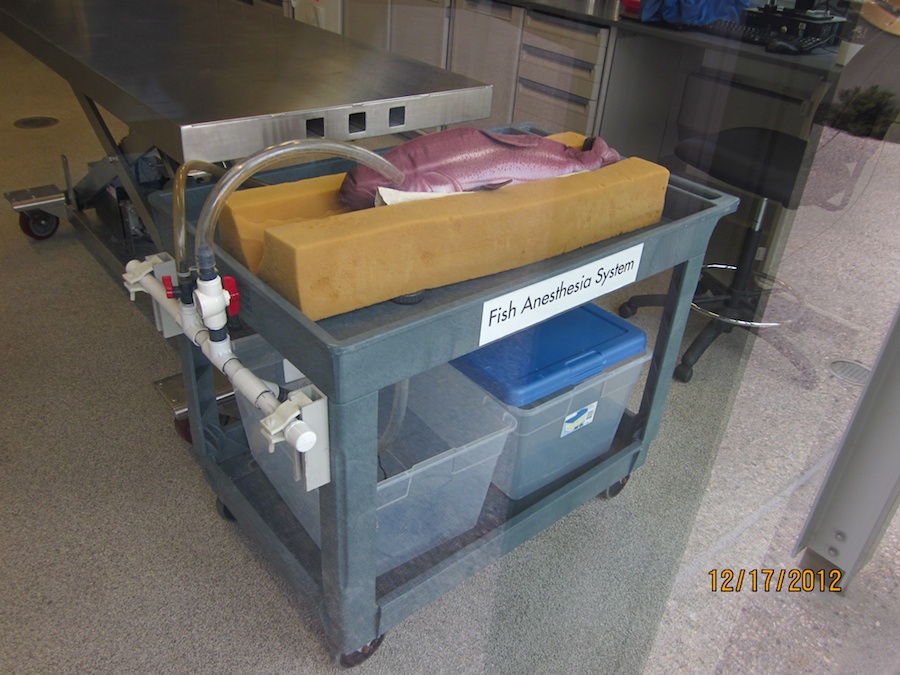
Neat machine
Did You Know? - The most common anaesthetic technique in fish is to add the anaesthetic agent in the water. It is similar to inhalation anaesthesia in terrestrial animals.
An artificial ventilation system is necessary in procedures of more than 10 minutes or in all but the shortest out-of-water anaesthetics. A bifurcated pipe or mouth piece should be placed in the buccal cavity to deliver aerated anaesthetic solution across the gills. Nonrecirculating and recirculating systems are available.
Adjustement of the drug concentration in response to depth of anaesthesia is difficult with immersion anaesthesia. Different concentrations of anaesthetic solutions can be prepared in different bags that can be exchanged if necessary. Small amounts of anaesthetic fluid can be delivered directly to the gills via a bulb syringe without disconnecting the fish from the system.
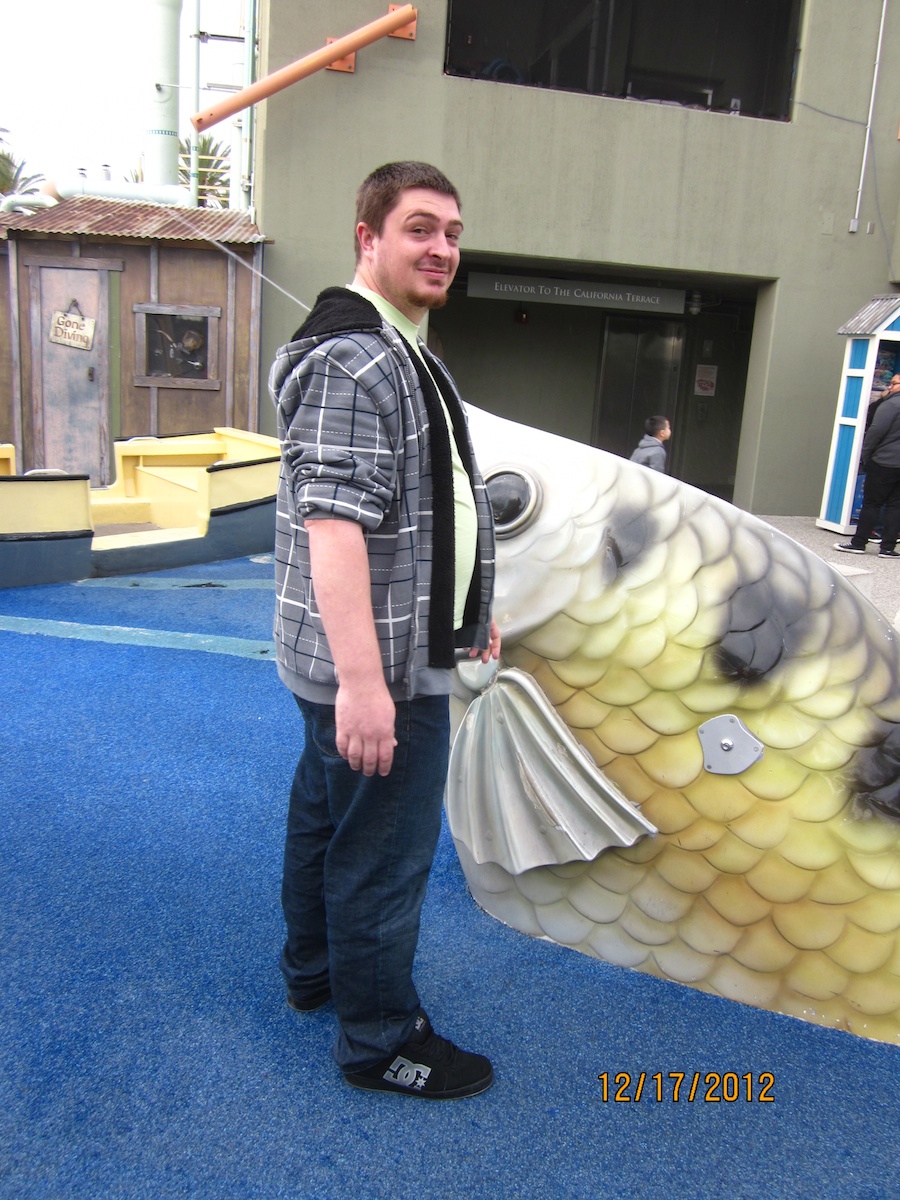

Garden Eels
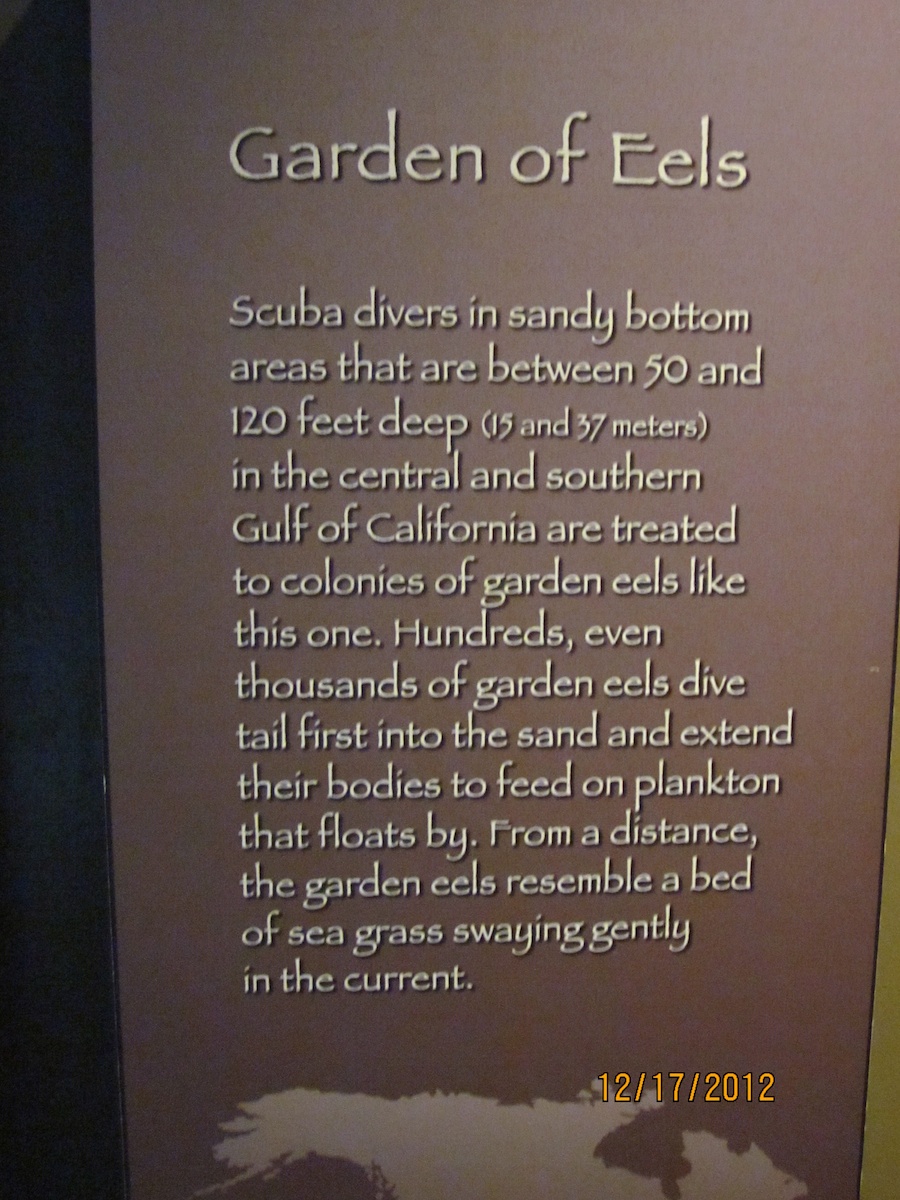
Did You Know? - The garden eels are the subfamily Heterocongrinae in the conger eel family Congridae. The greatest species richness is in the Indo-Pacific, but there are also species in warmer parts of the Atlantic Ocean (including the Caribbean) and East Pacific.
These small eels live in burrows on the sea floor and get their name from their practice of poking their heads from their burrows while most of their bodies remain hidden.
Since they tend to live in groups, the many eel heads "growing" from the sea floor resemble the plants in a garden. They vary greatly in colour depending on the exact species involved. The largest species reaches about 120 cm (47 in) in length, but most species do not surpass 60 cm (24 in).

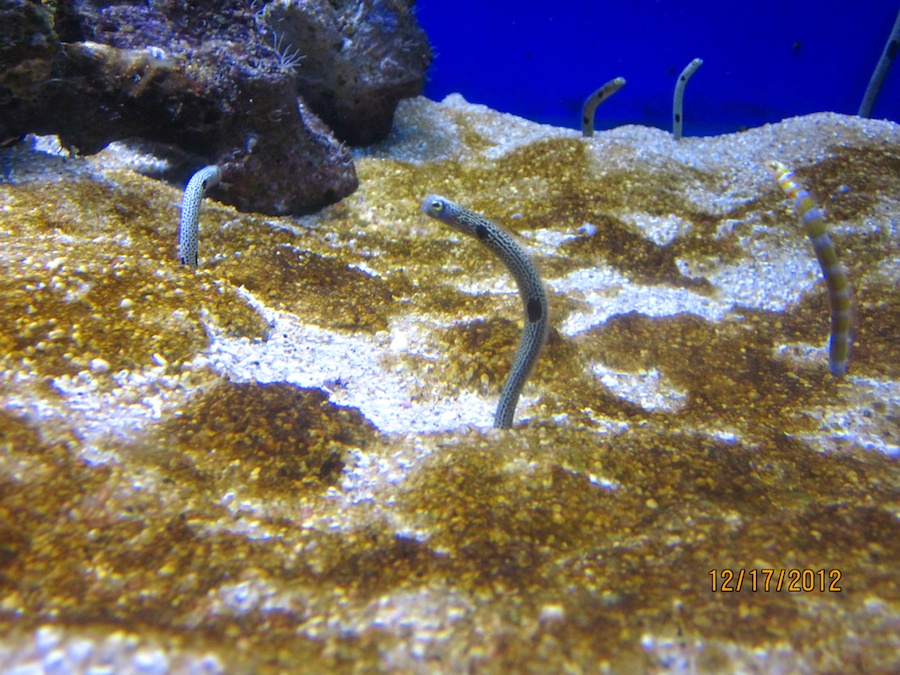
Inside Where It Is Warm


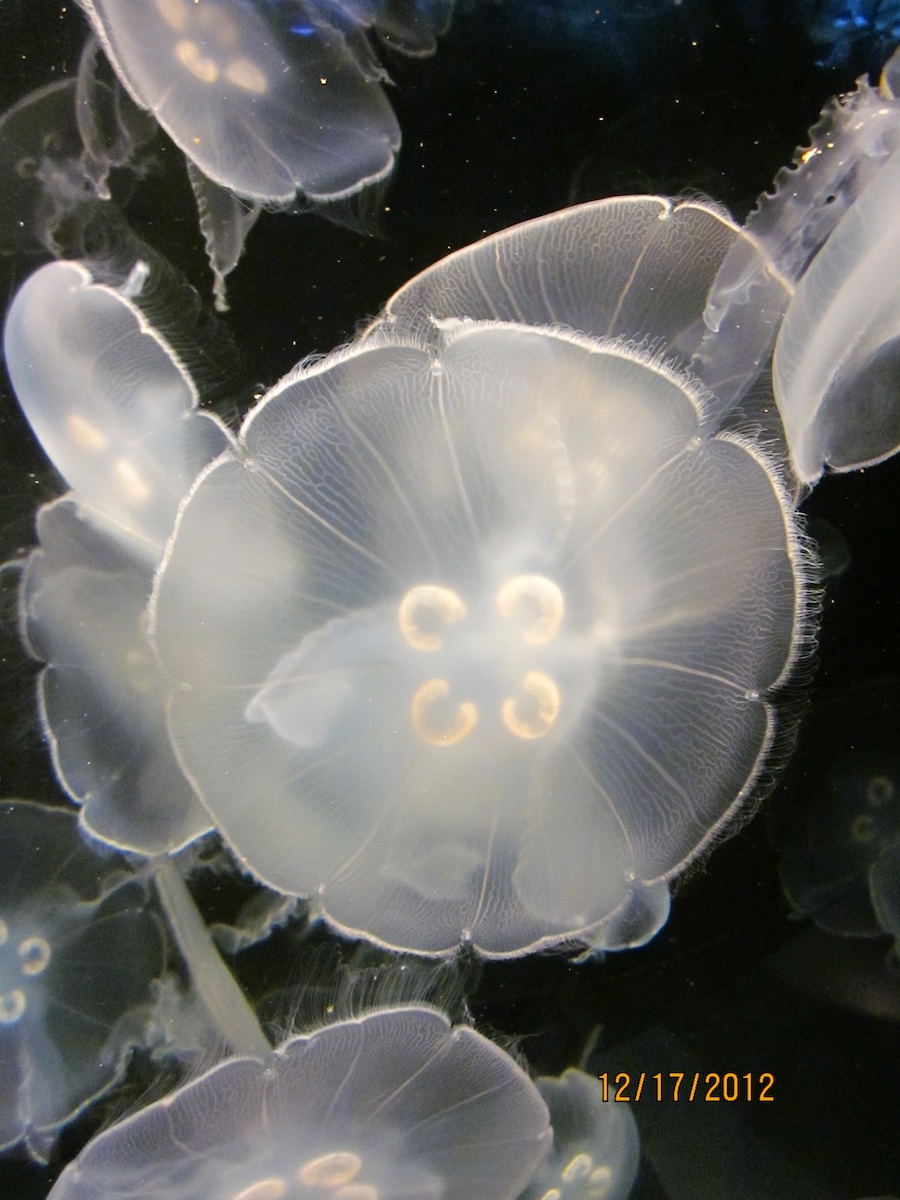
Jelly Fish
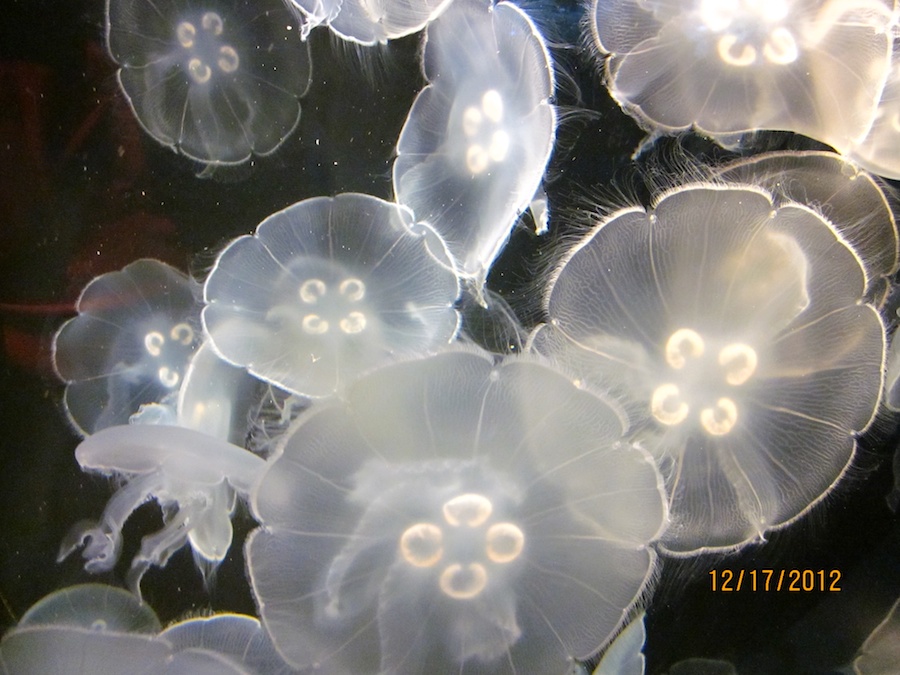

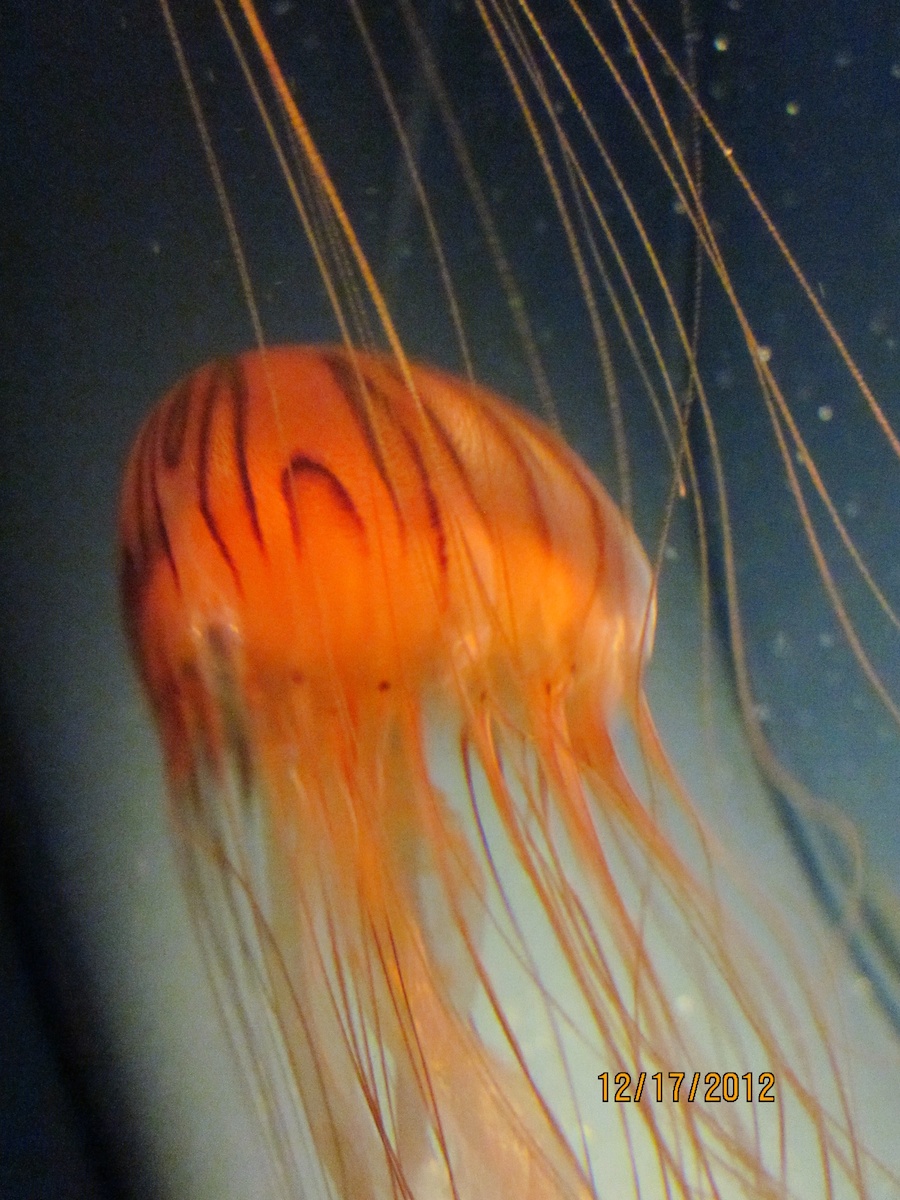
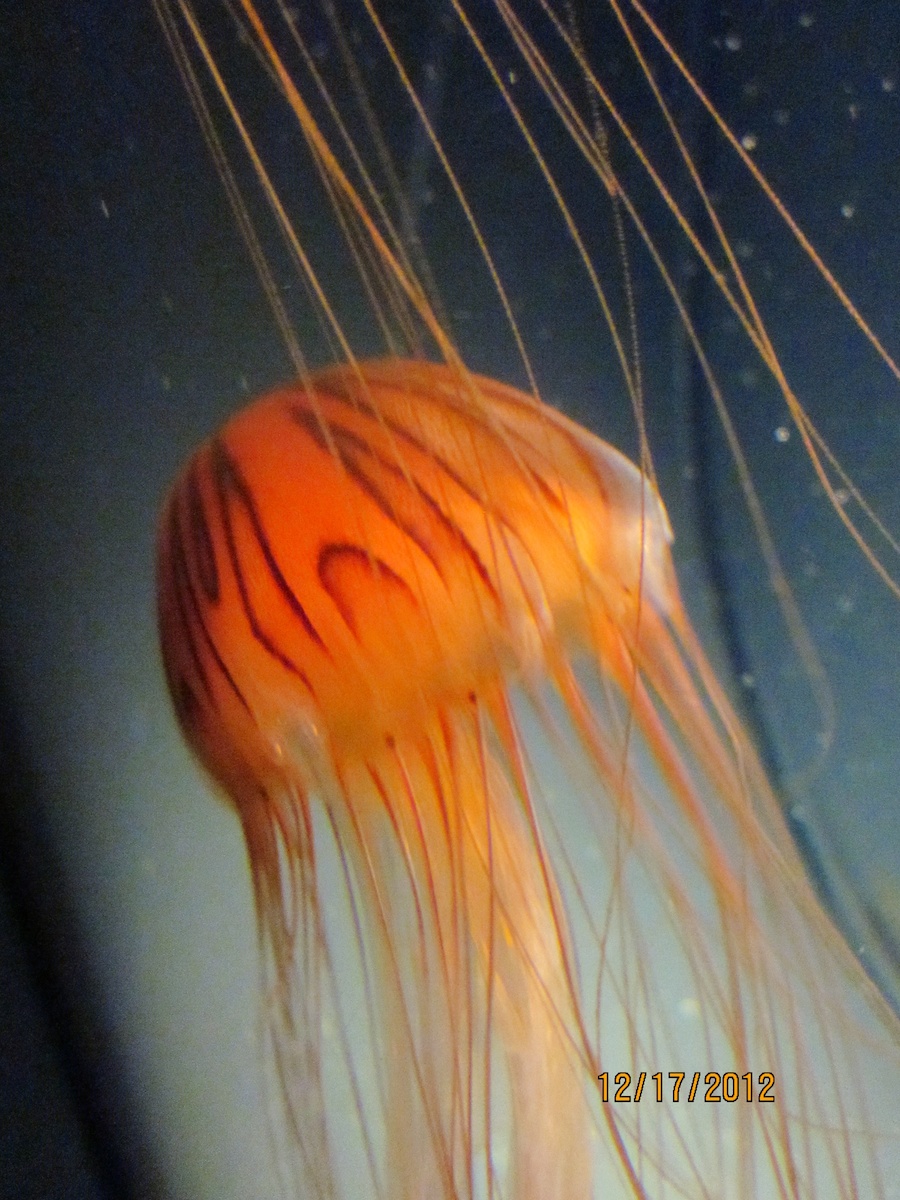
Beautiful
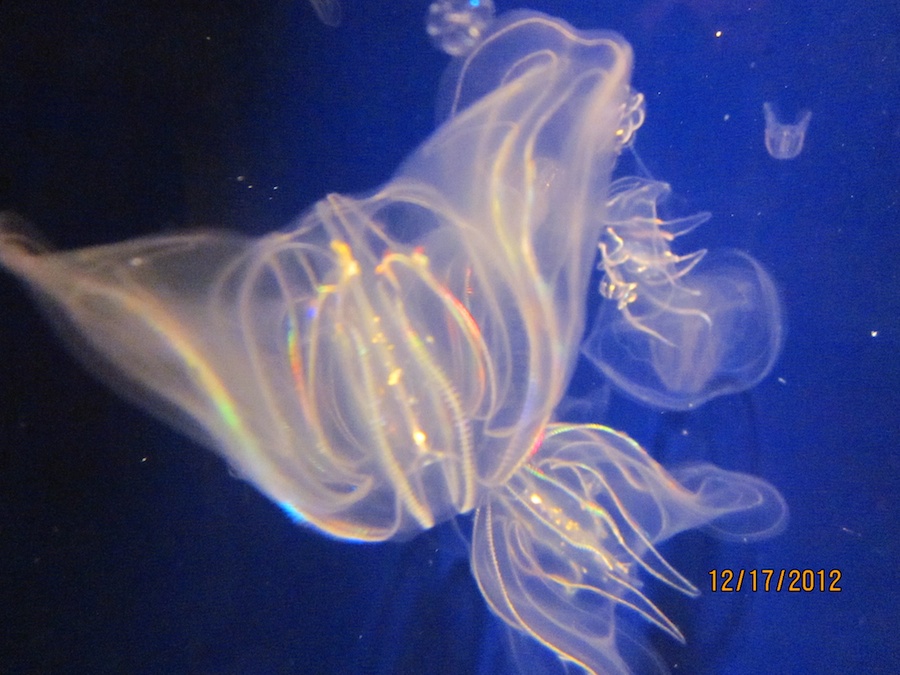

Sea Urchins
Did You Know? - Sea urchins or urchins are small, spiny, globular animals which, with their close kin, such as sand dollars, constitute the class Echinoidea of the echinoderm phylum. There are c. 950 species of echinoids inhabiting all oceans from the intertidal to 5000 meters deep. Their shell, or "test", is round and spiny, typically from 3 to 10 cm (1.2 to 3.9 in) across. Common colors include black and dull shades of green, olive, brown, purple, and red. They move slowly, feeding mostly on algae. Sea otters, wolf eels, triggerfish, and other predators feed on them. Their "roe" (actually the gonads) is a delicacy in many cuisines.
The name "urchin" is an old name for the round spiny hedgehogs that sea urchins resemble.

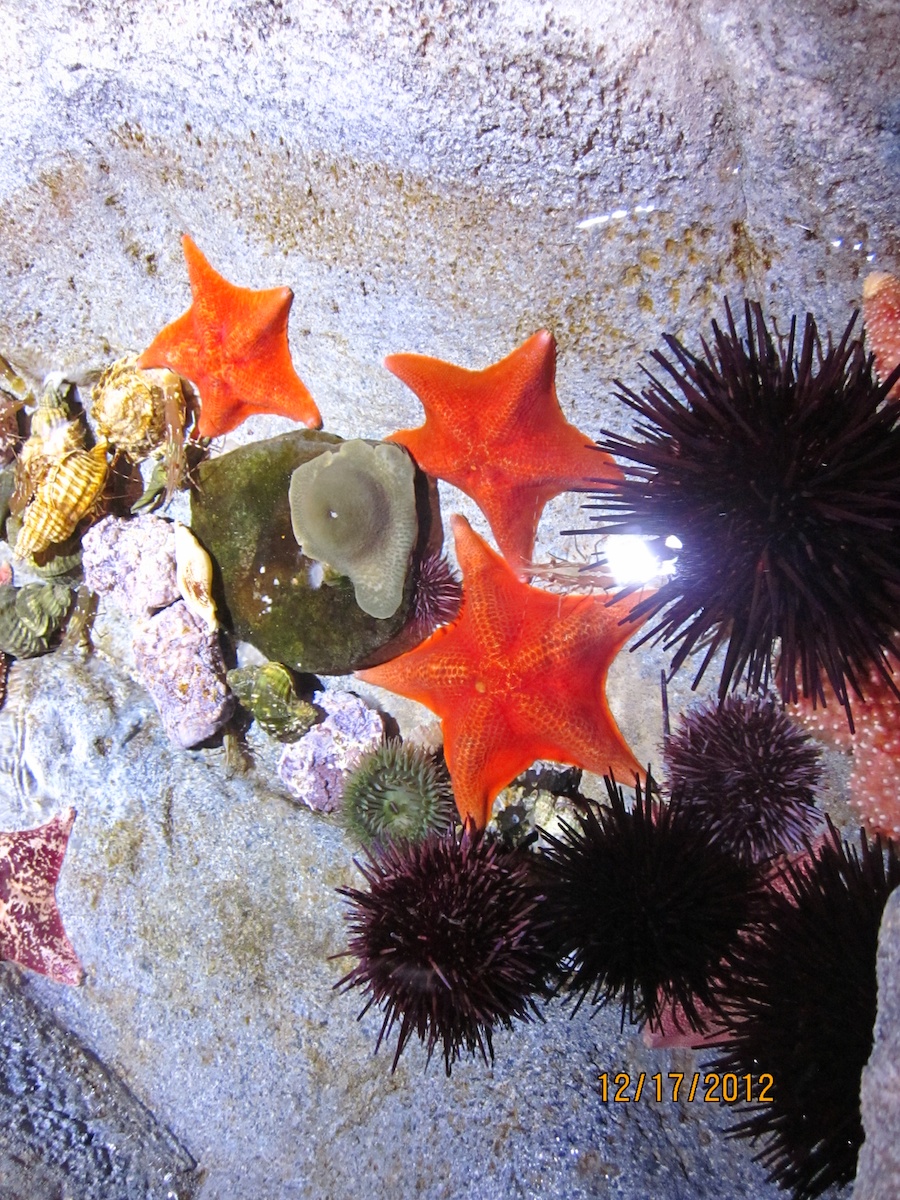
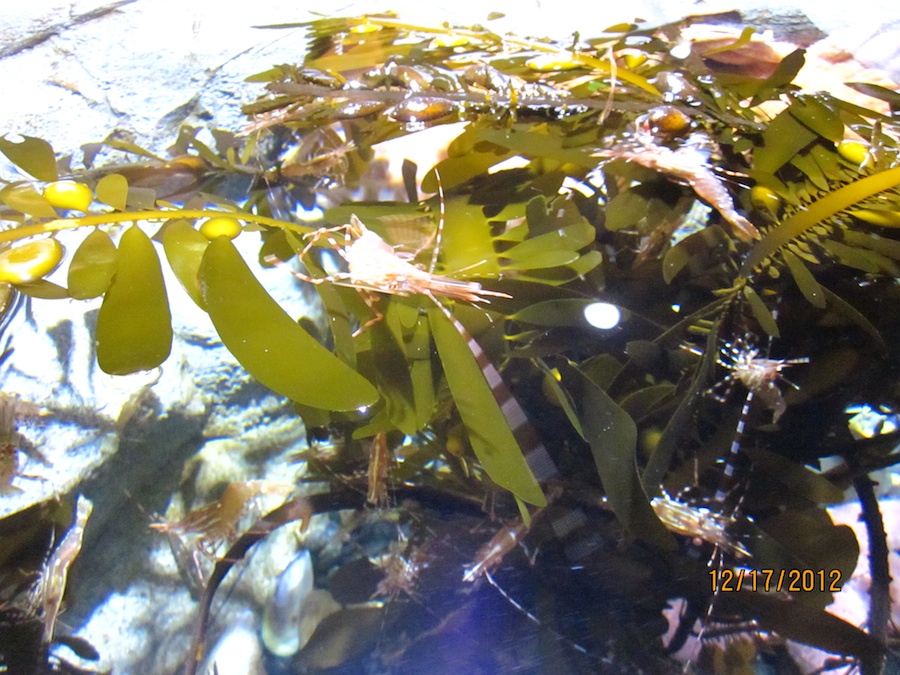
The shrimp were quite active
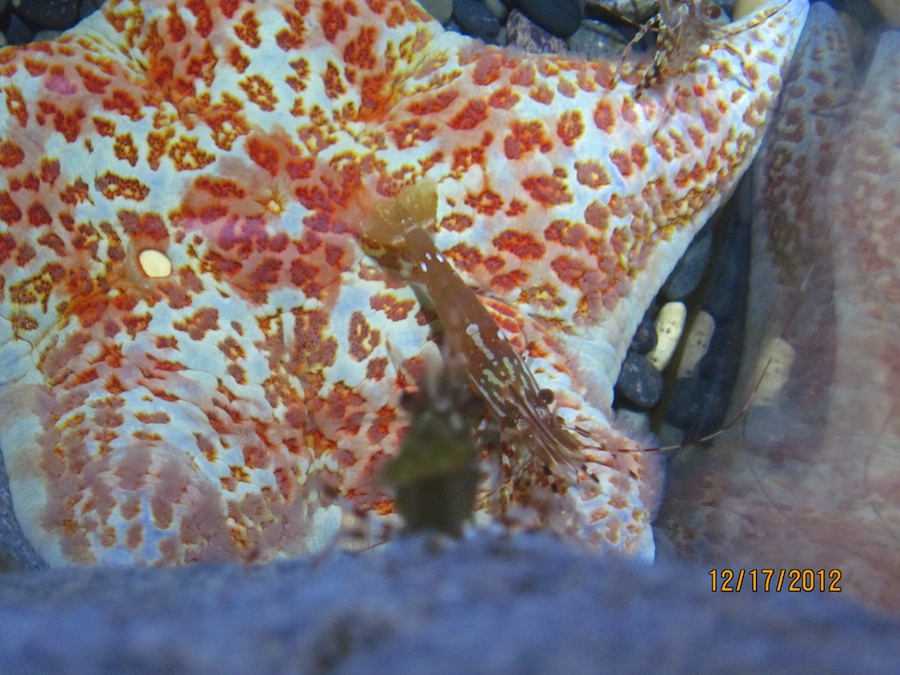

Starfish come in all colors


They feel like velvet


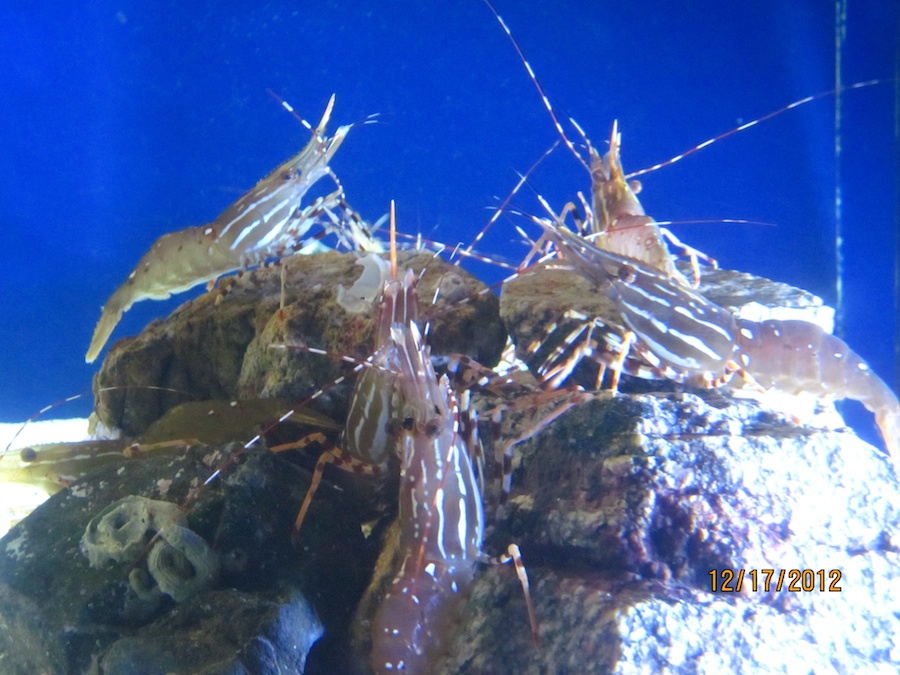
Shrimp all over
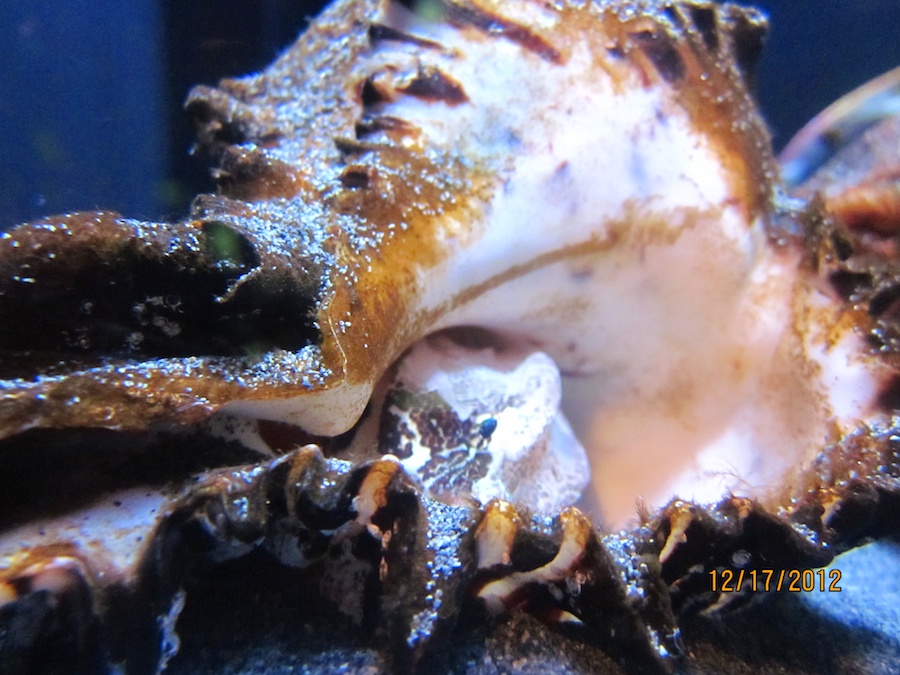
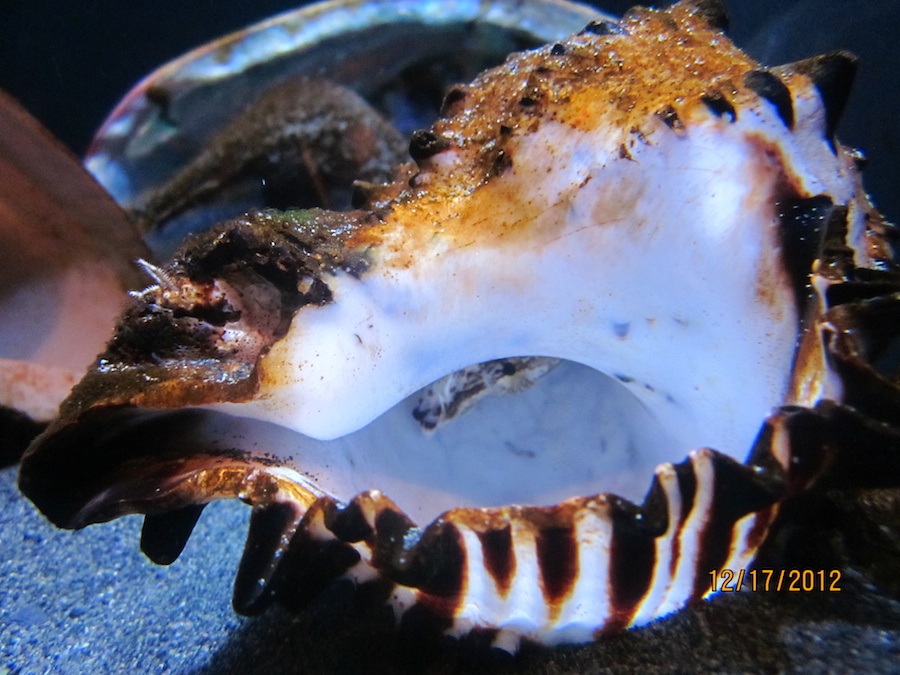
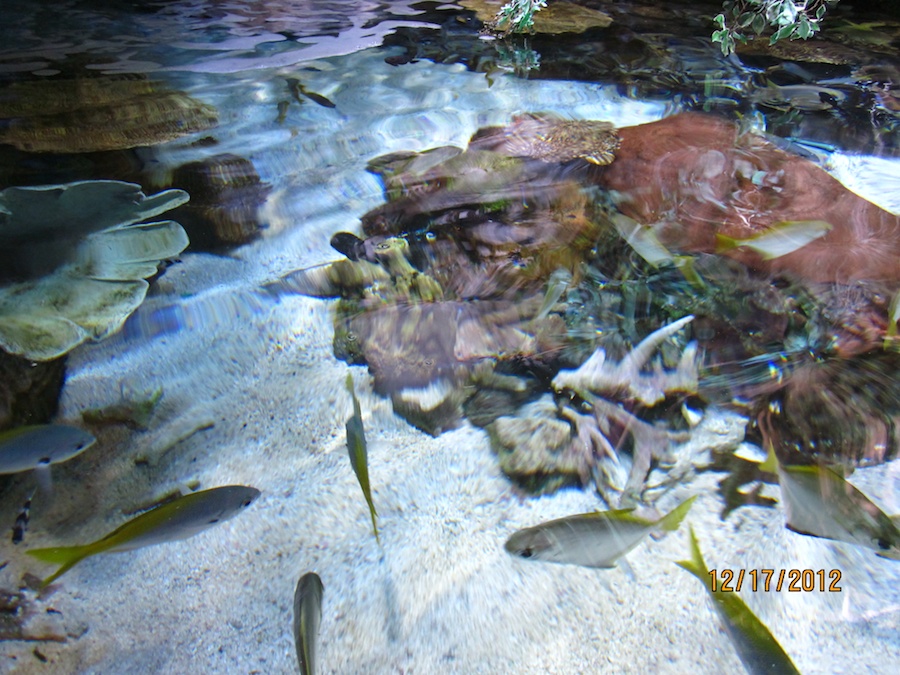
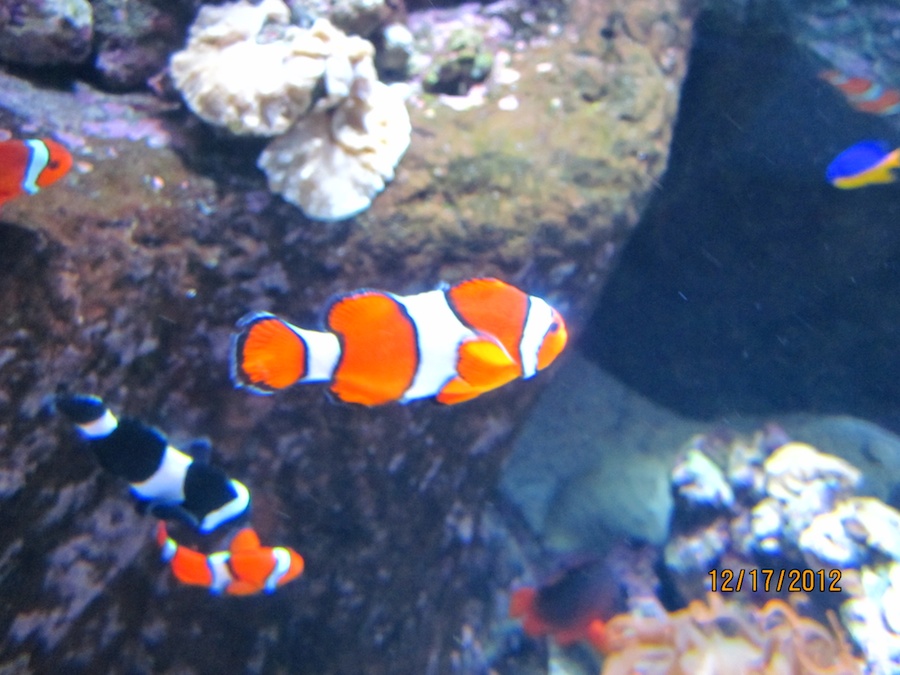
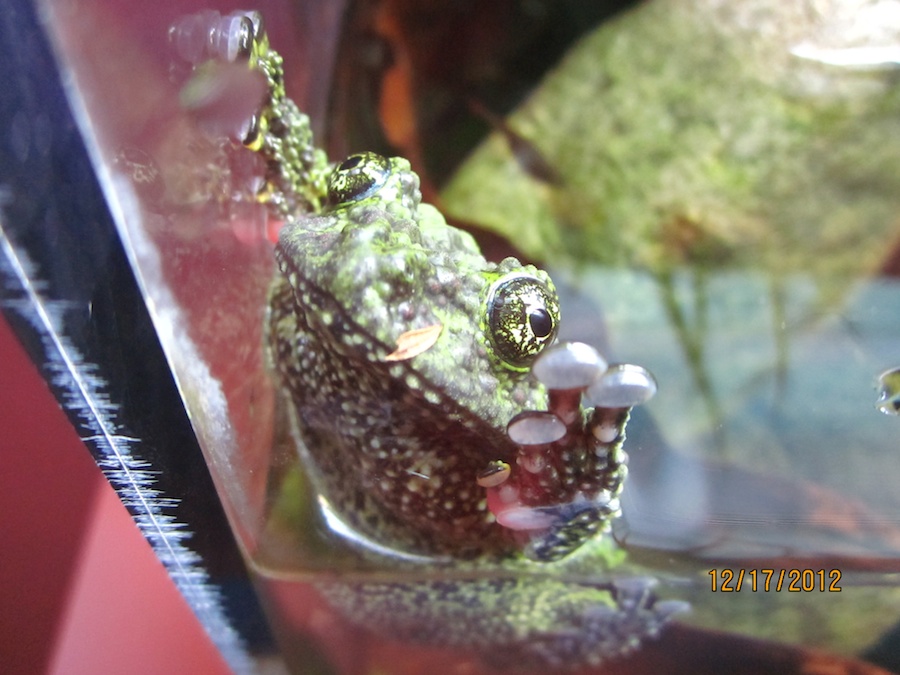
Hello Froggy

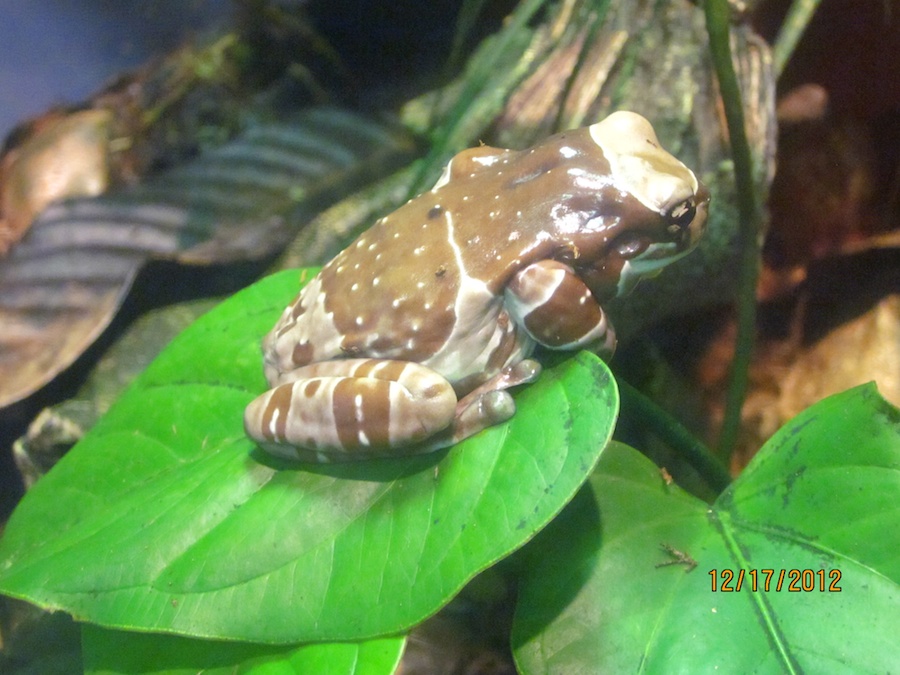
Beautiful
Did You Know? - Amazon milk frogs are fairly large frogs, reaching sizes of 2.5 to 4 inches in length. Adult frogs are light grey in colour with brown or black banding, while juveniles will exhibit stronger contrasts. As Amazon Milk Tree Frogs age their skin will develop a slightly bumpy texture.
The "milk" in the name comes from the milky-coloured fluid these frogs excrete when stressed.
